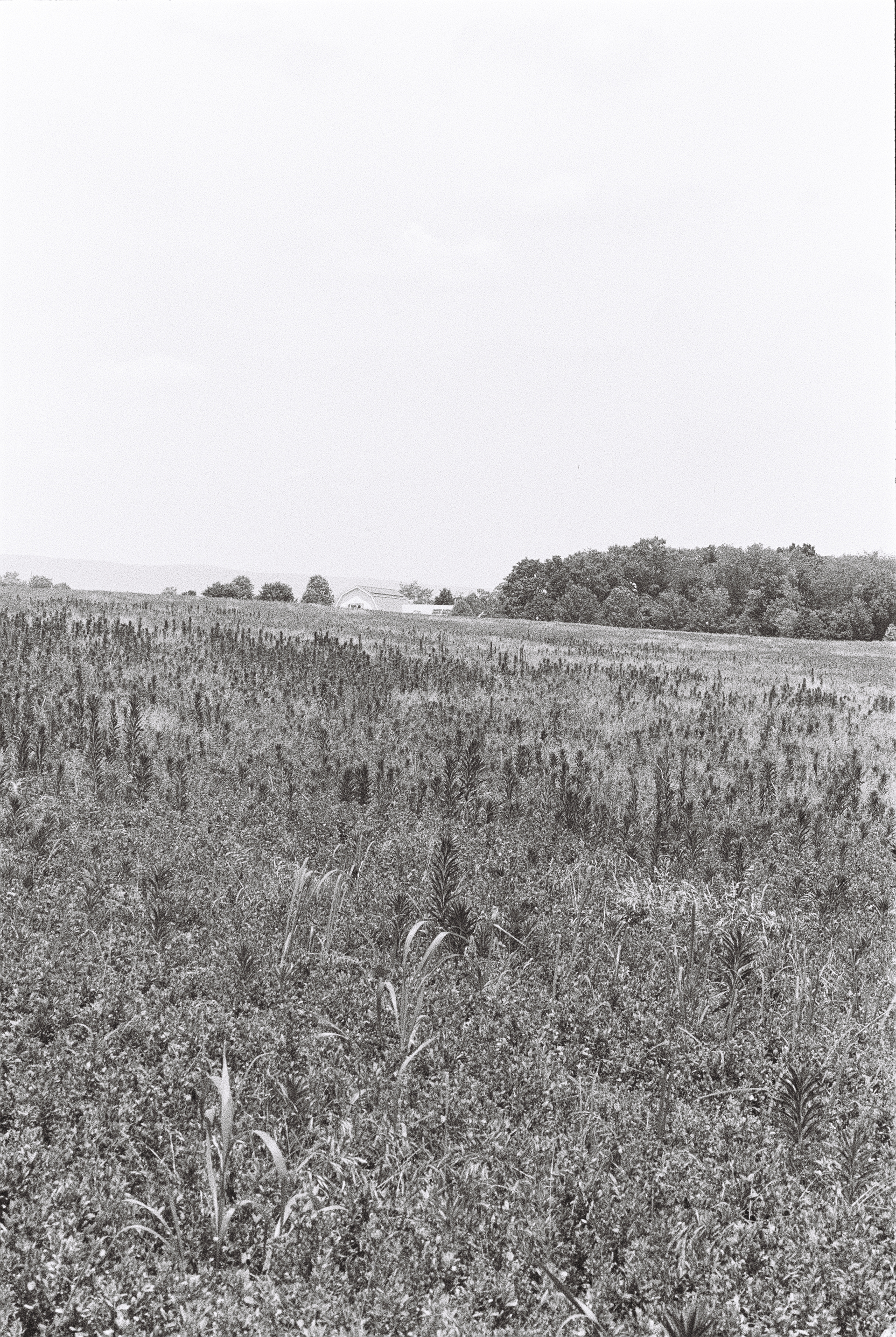
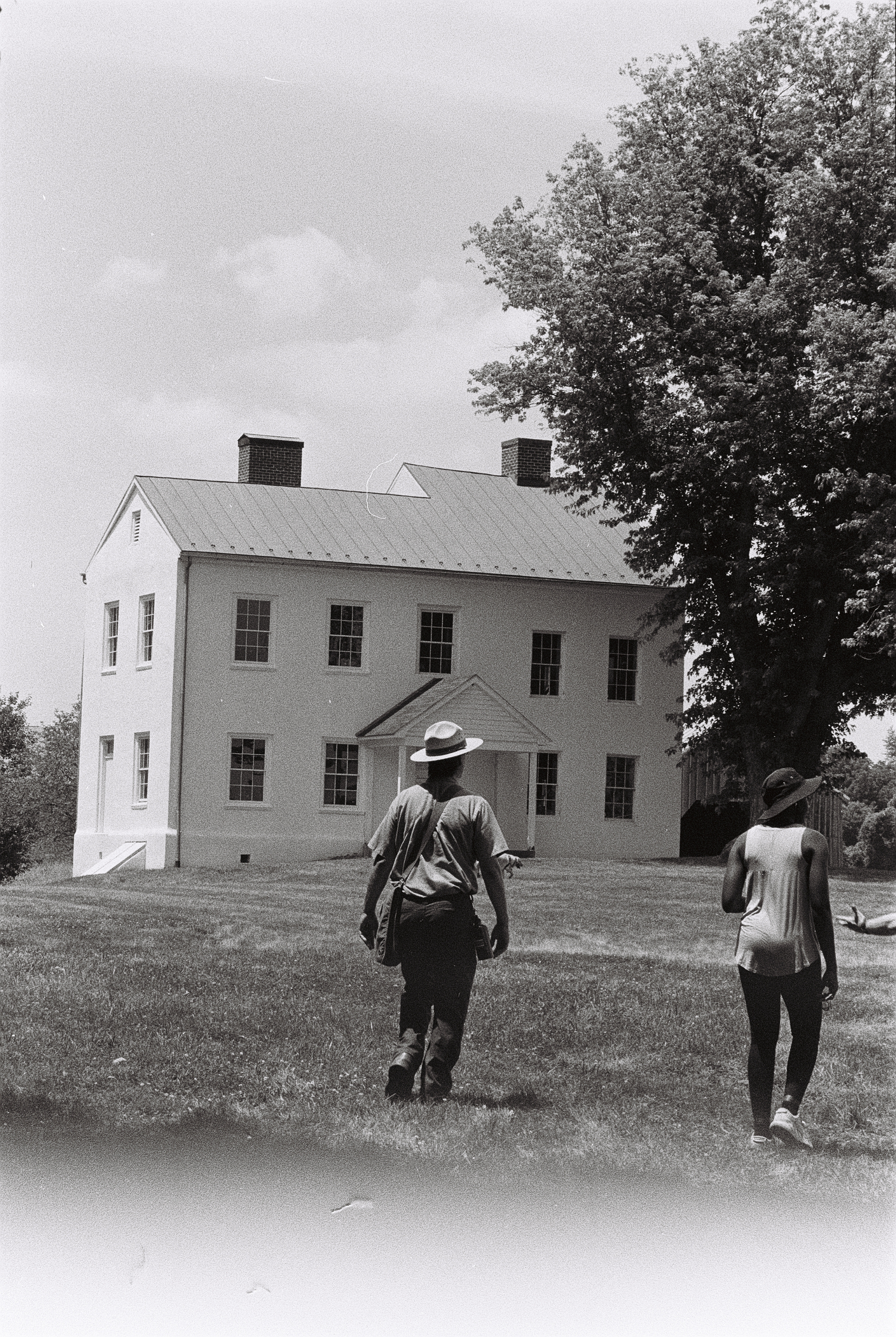
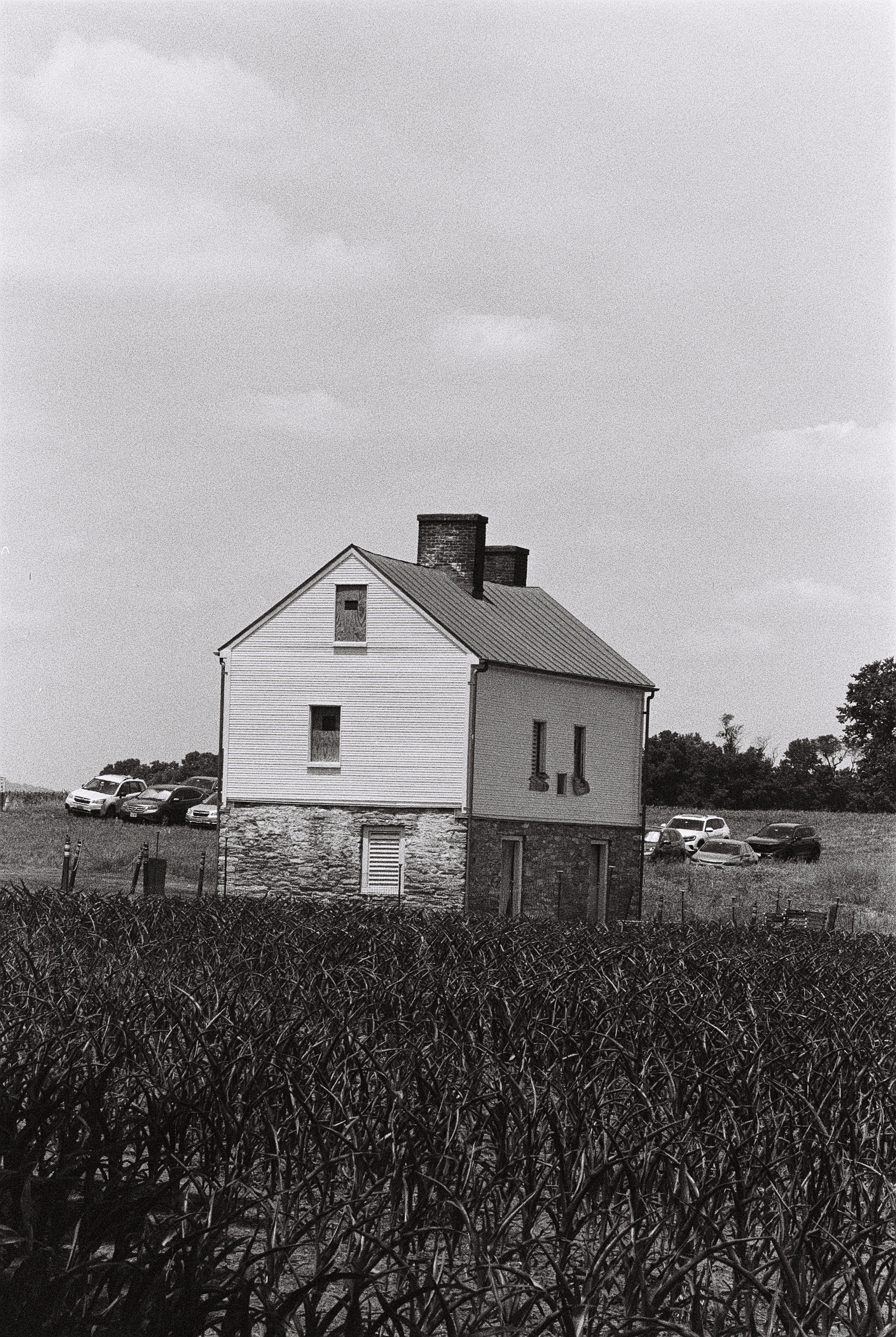
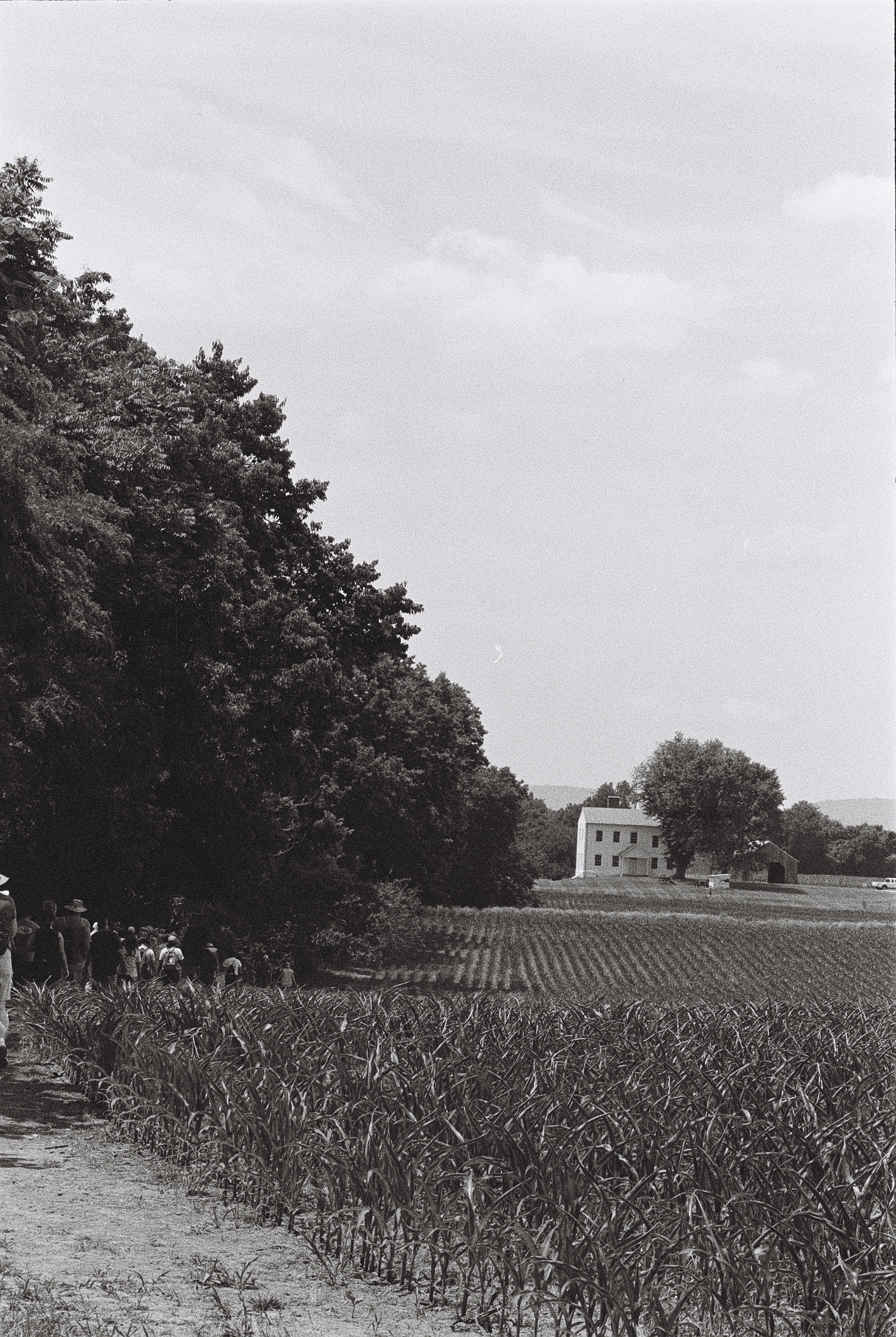
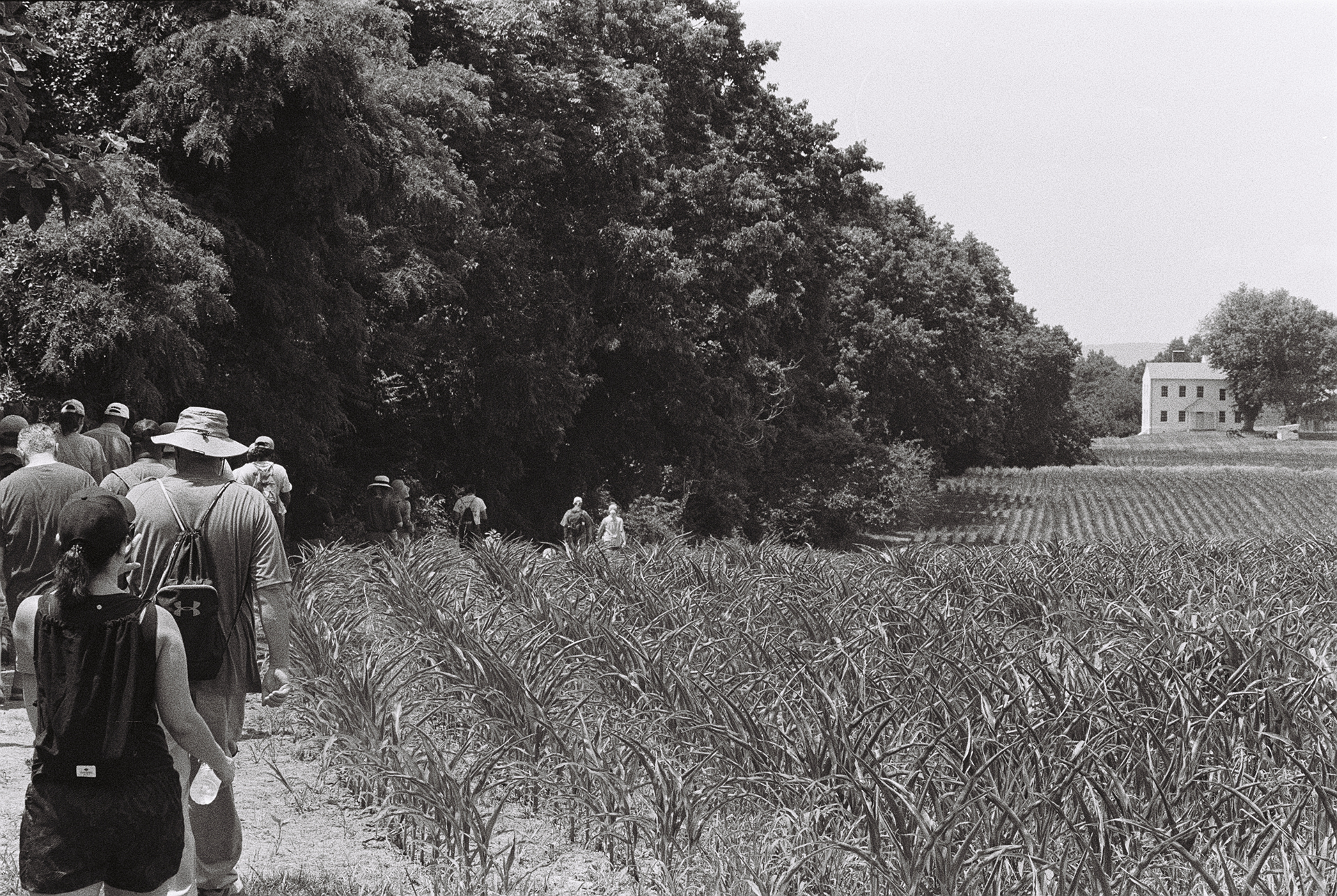
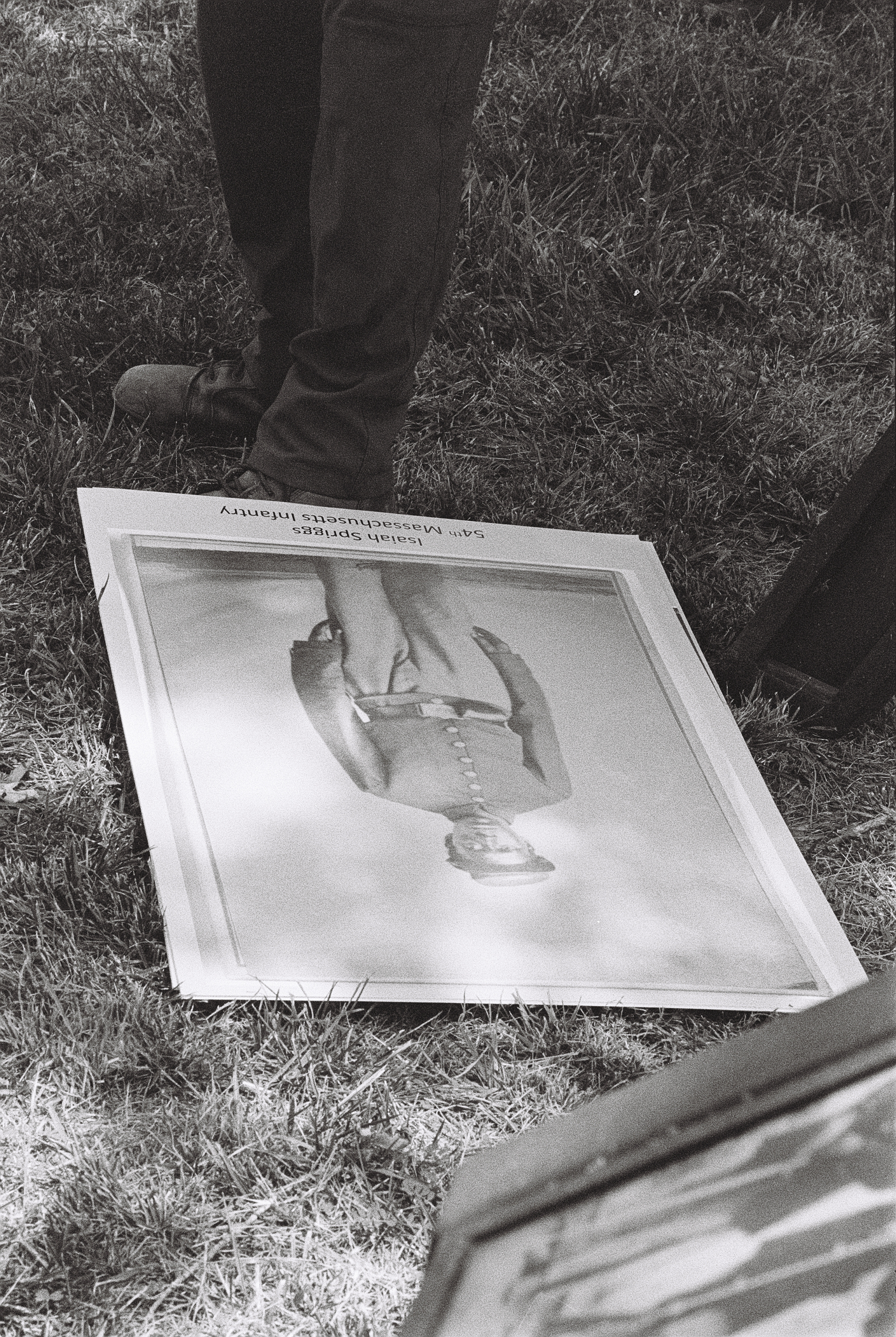
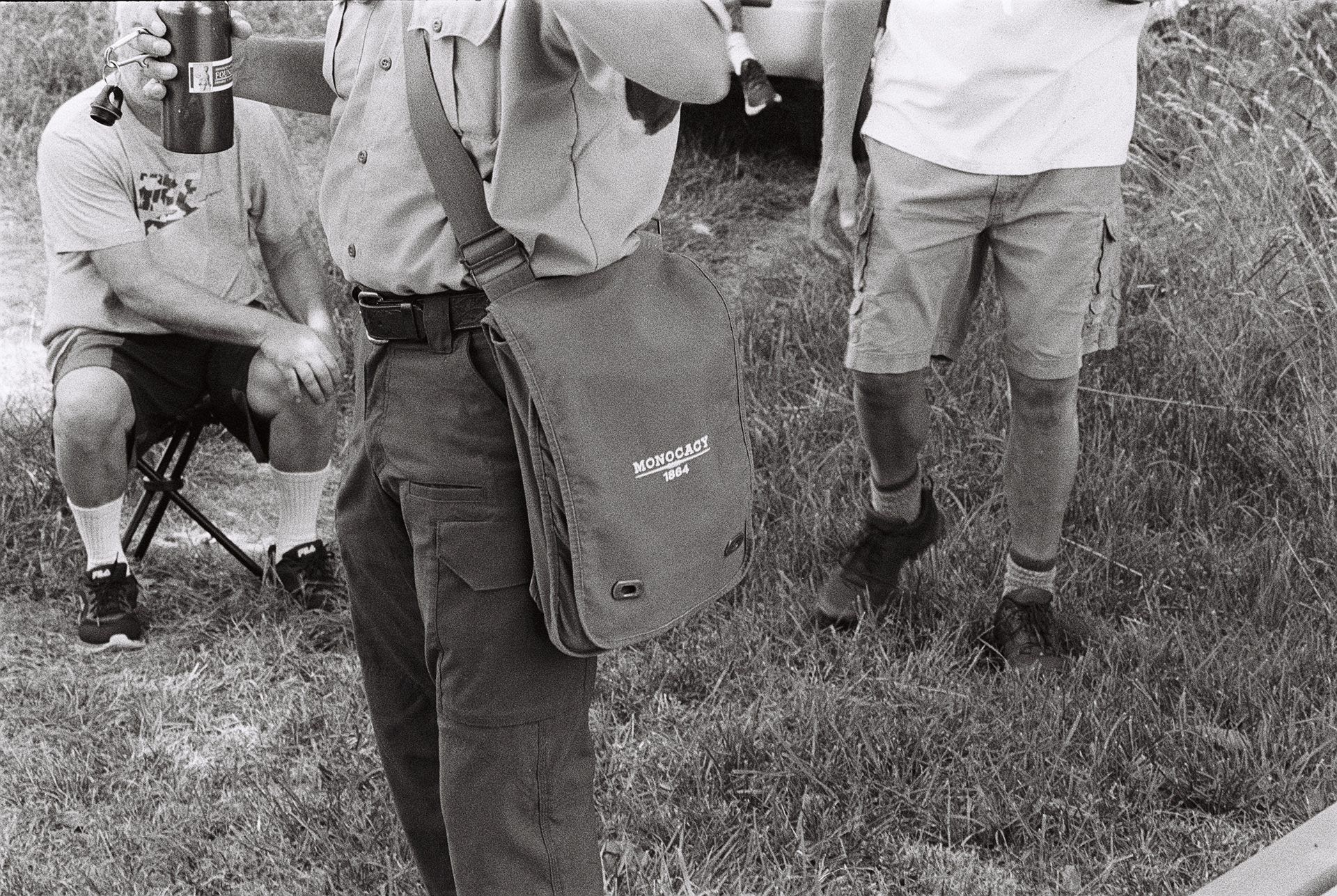
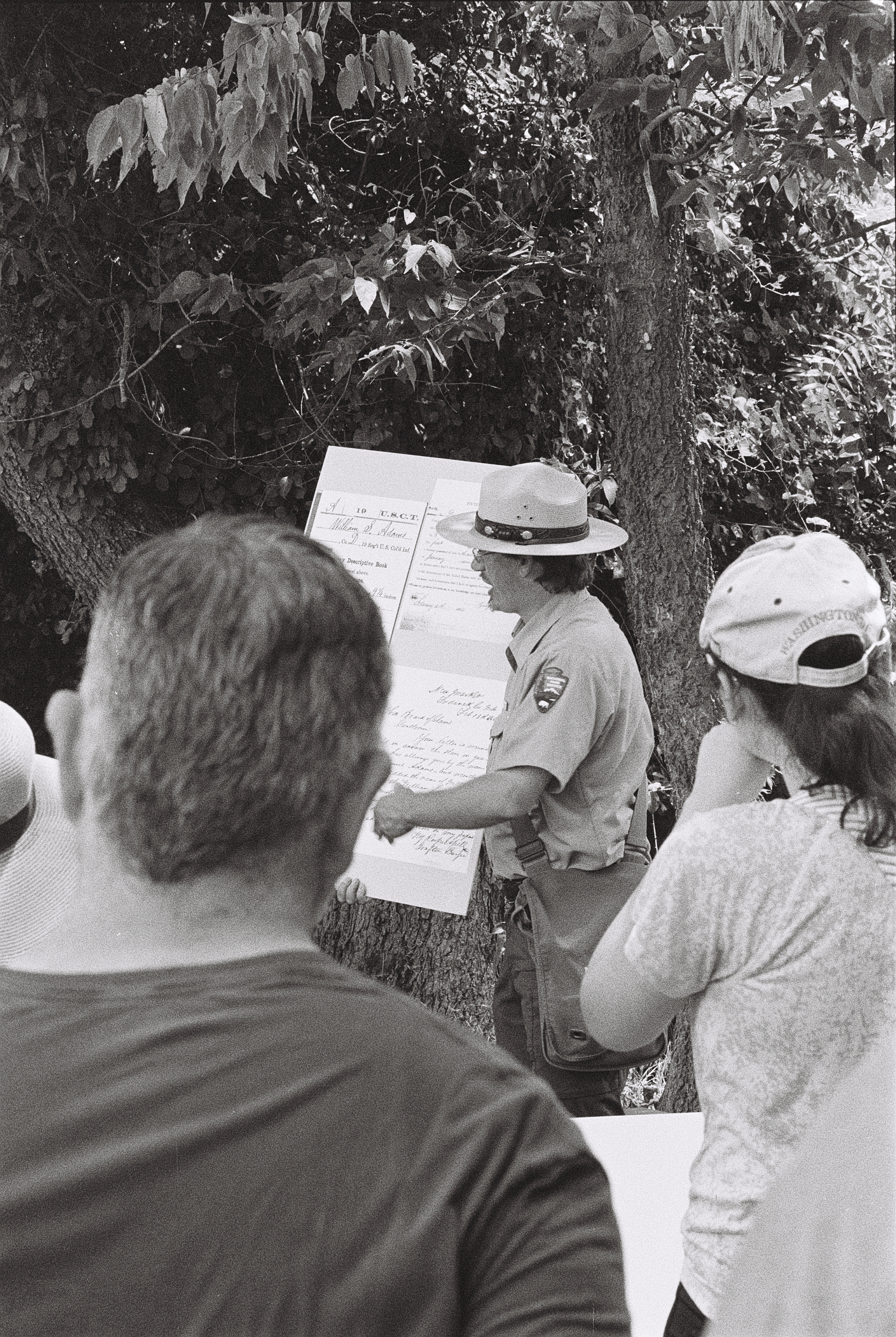
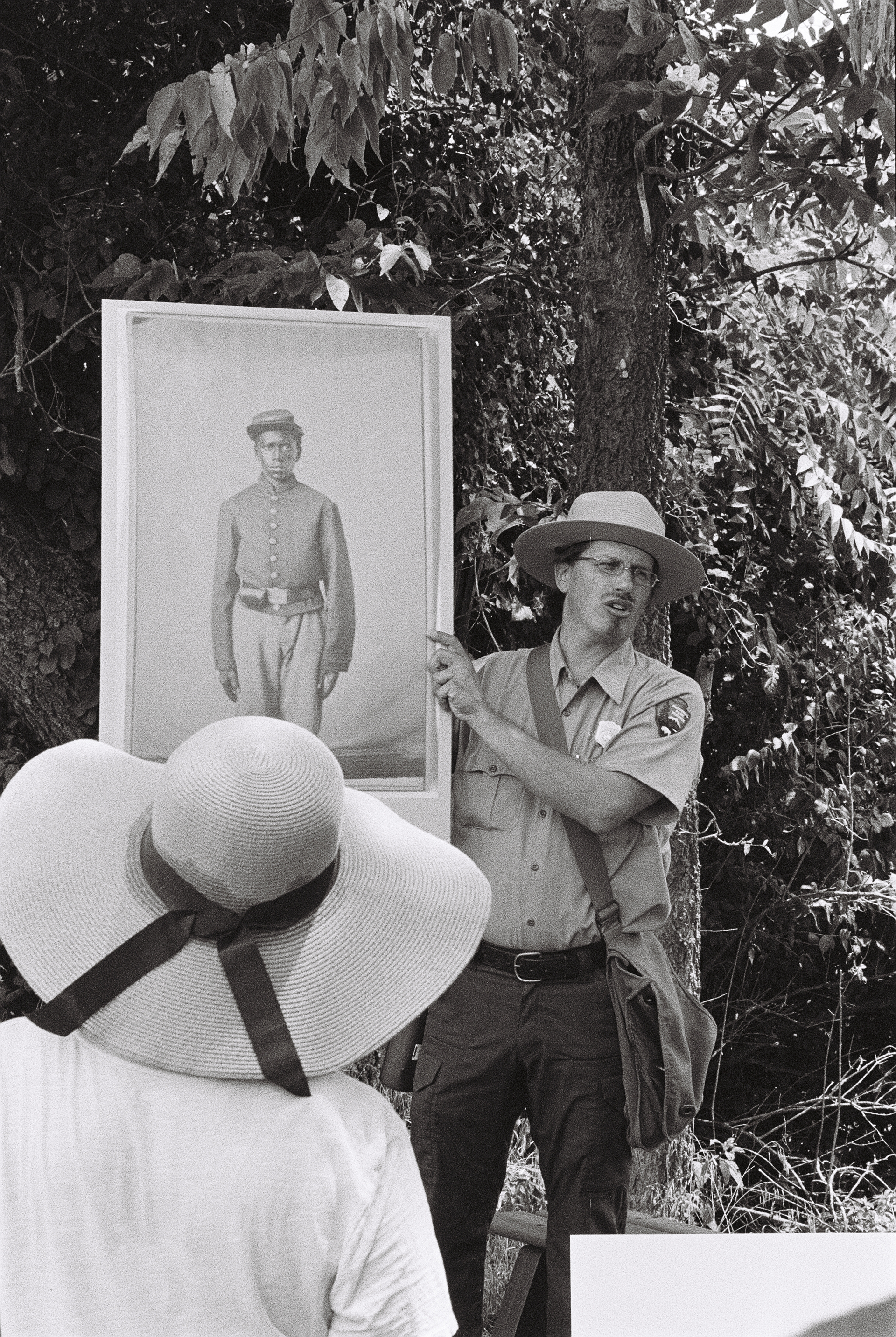
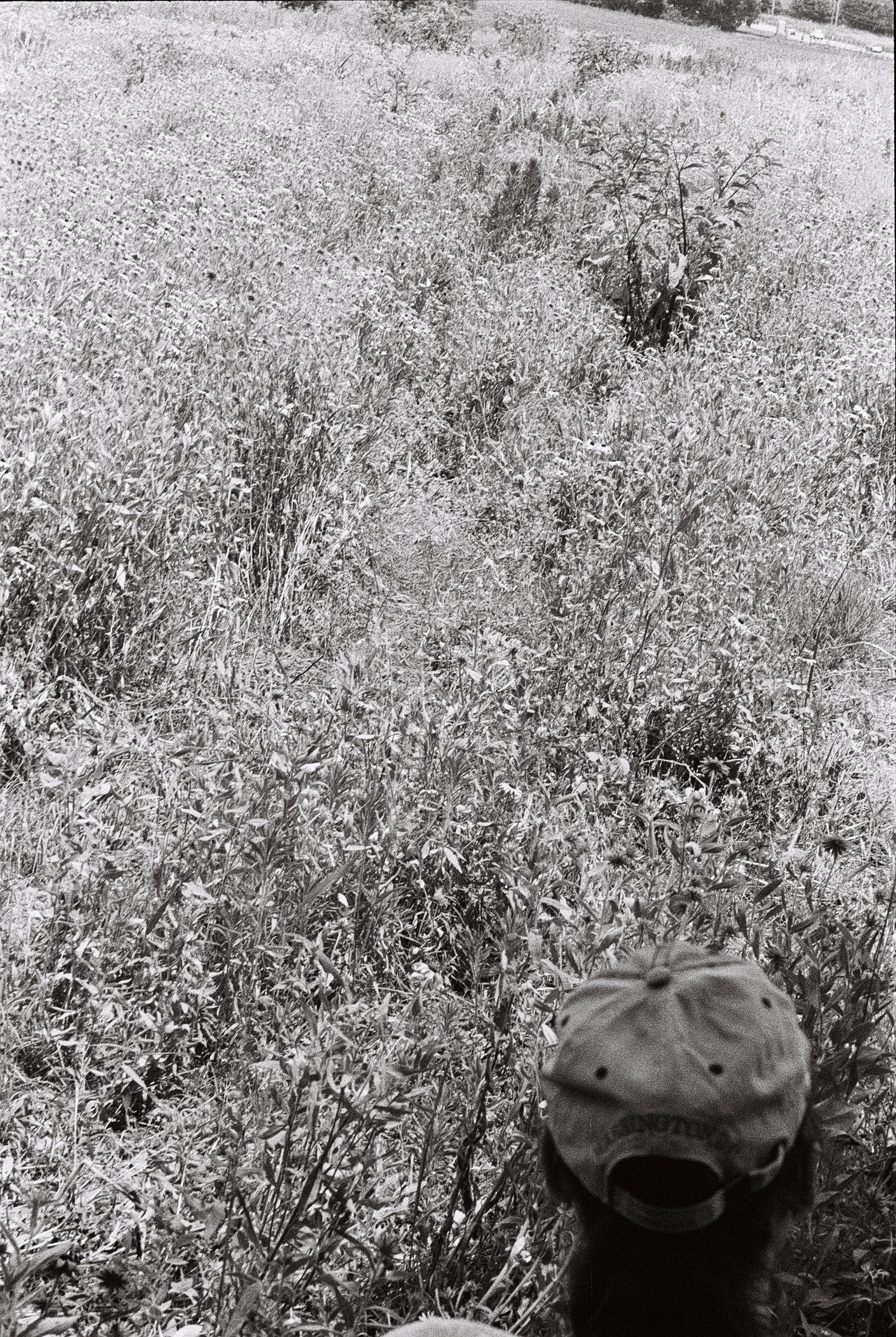
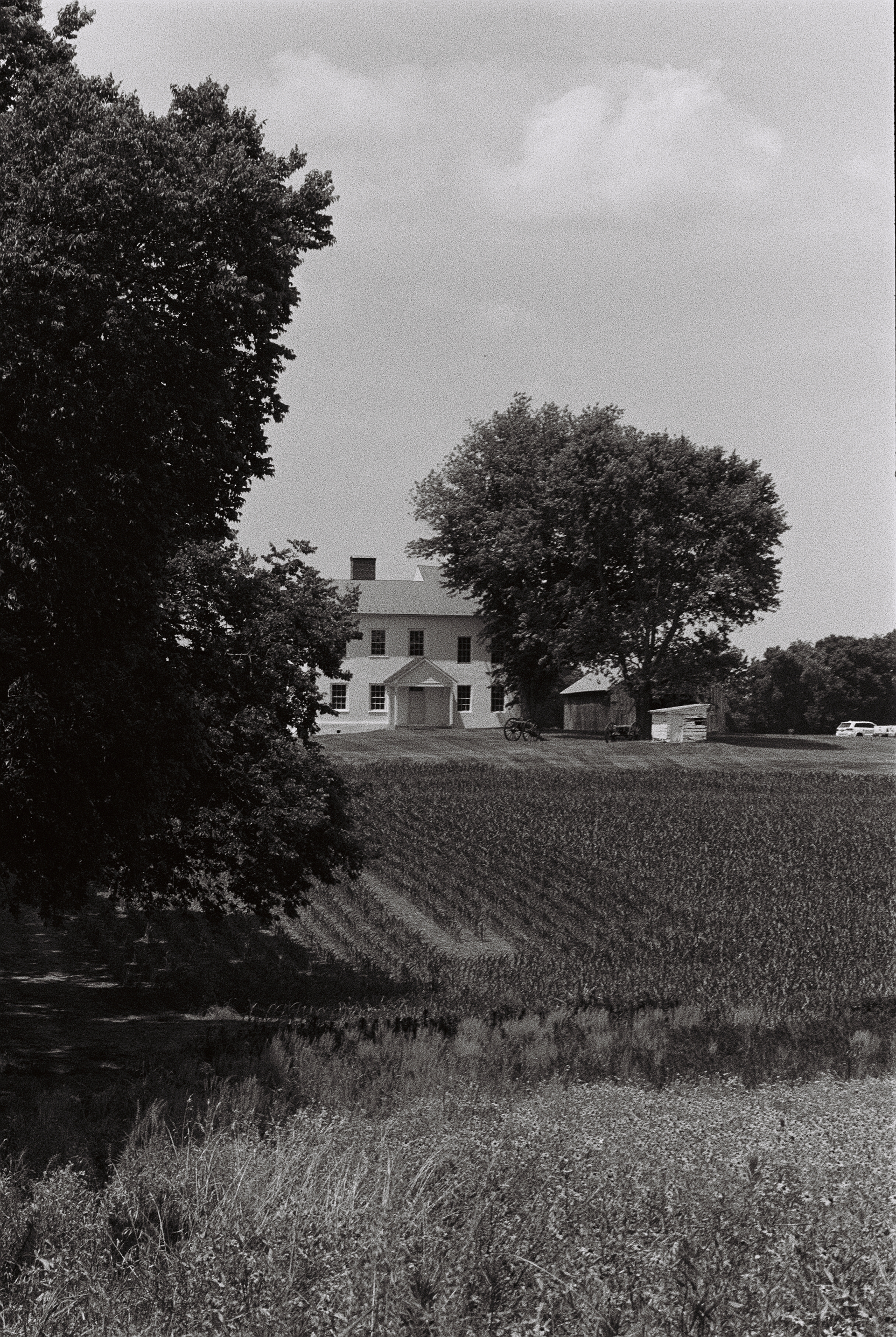
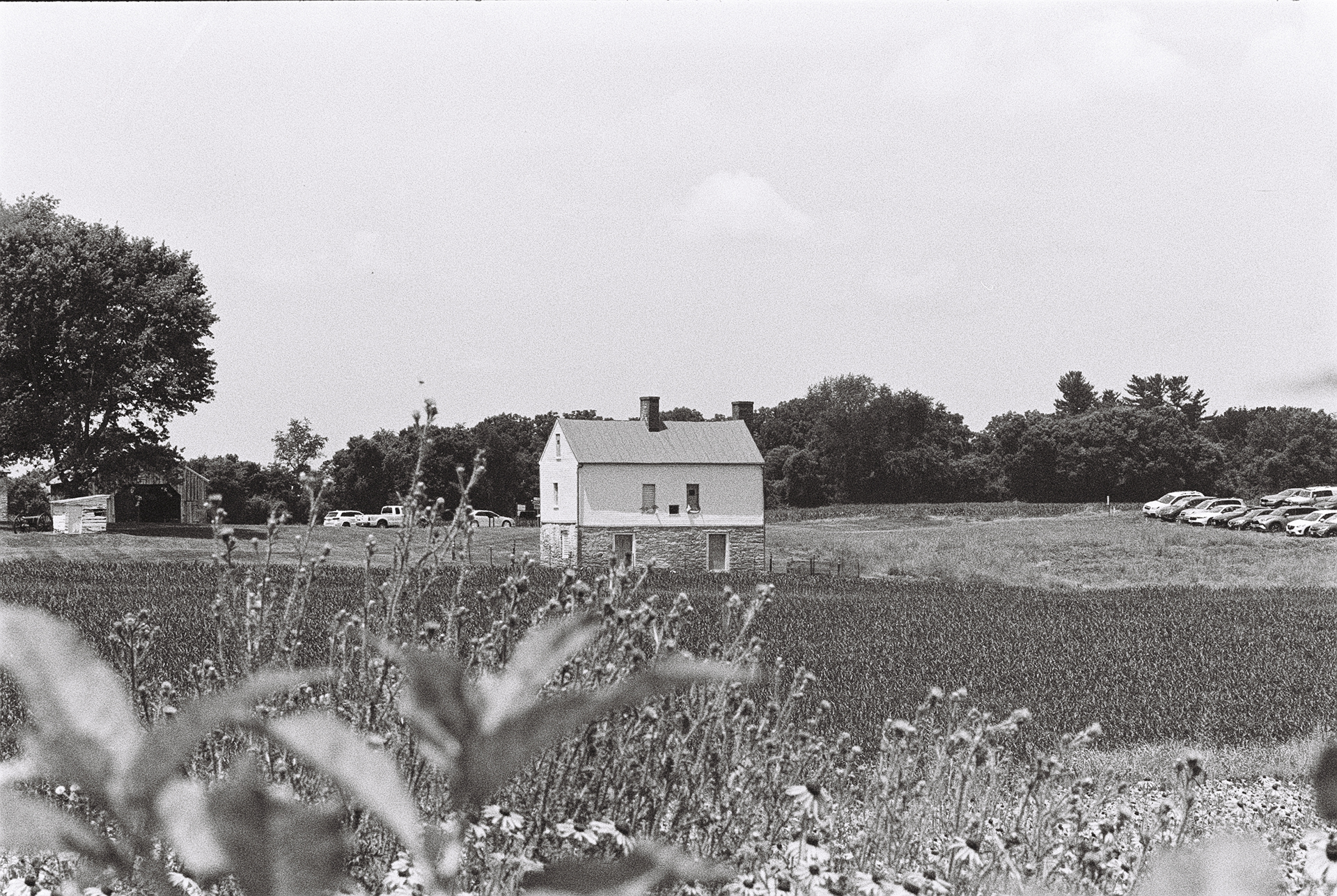
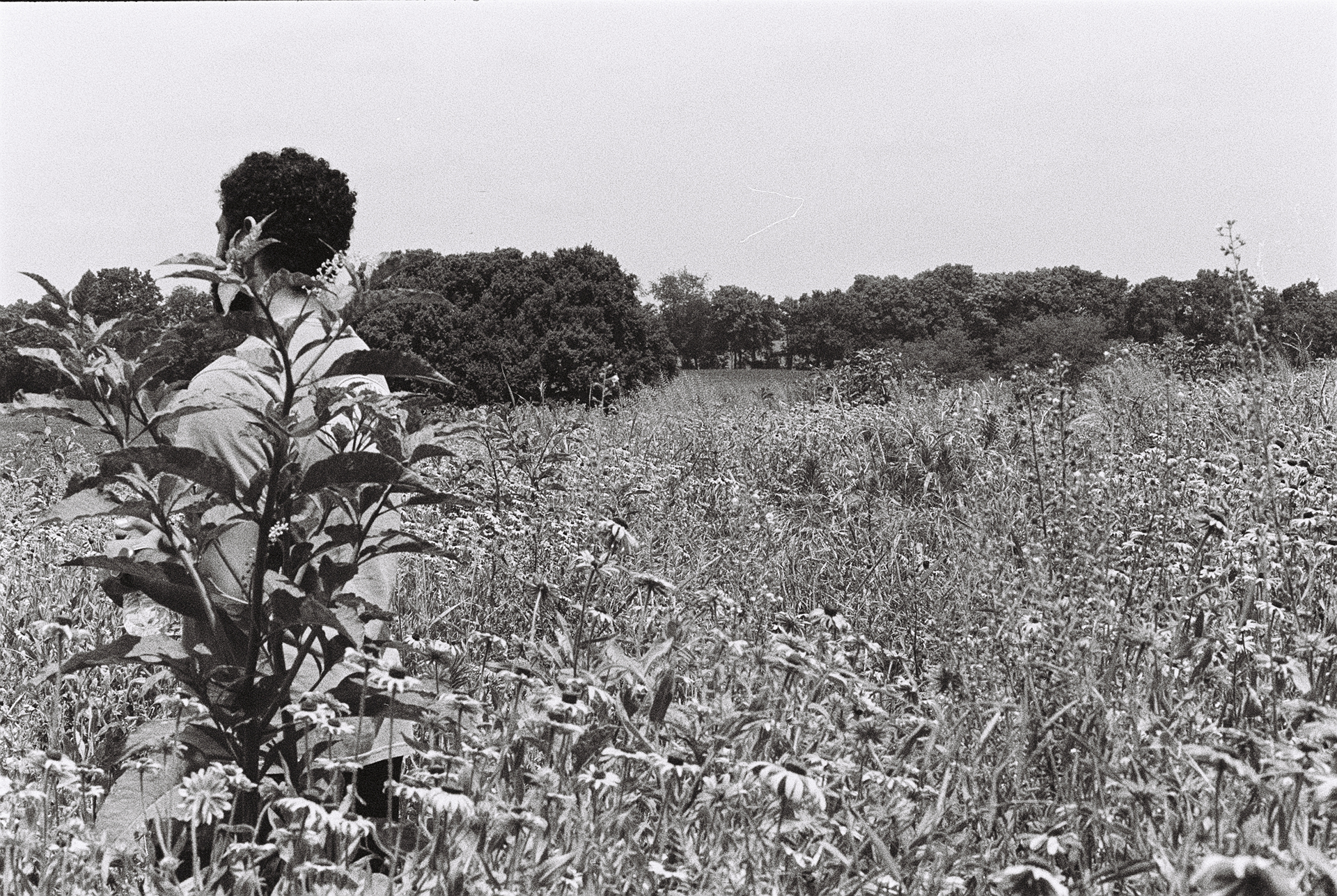
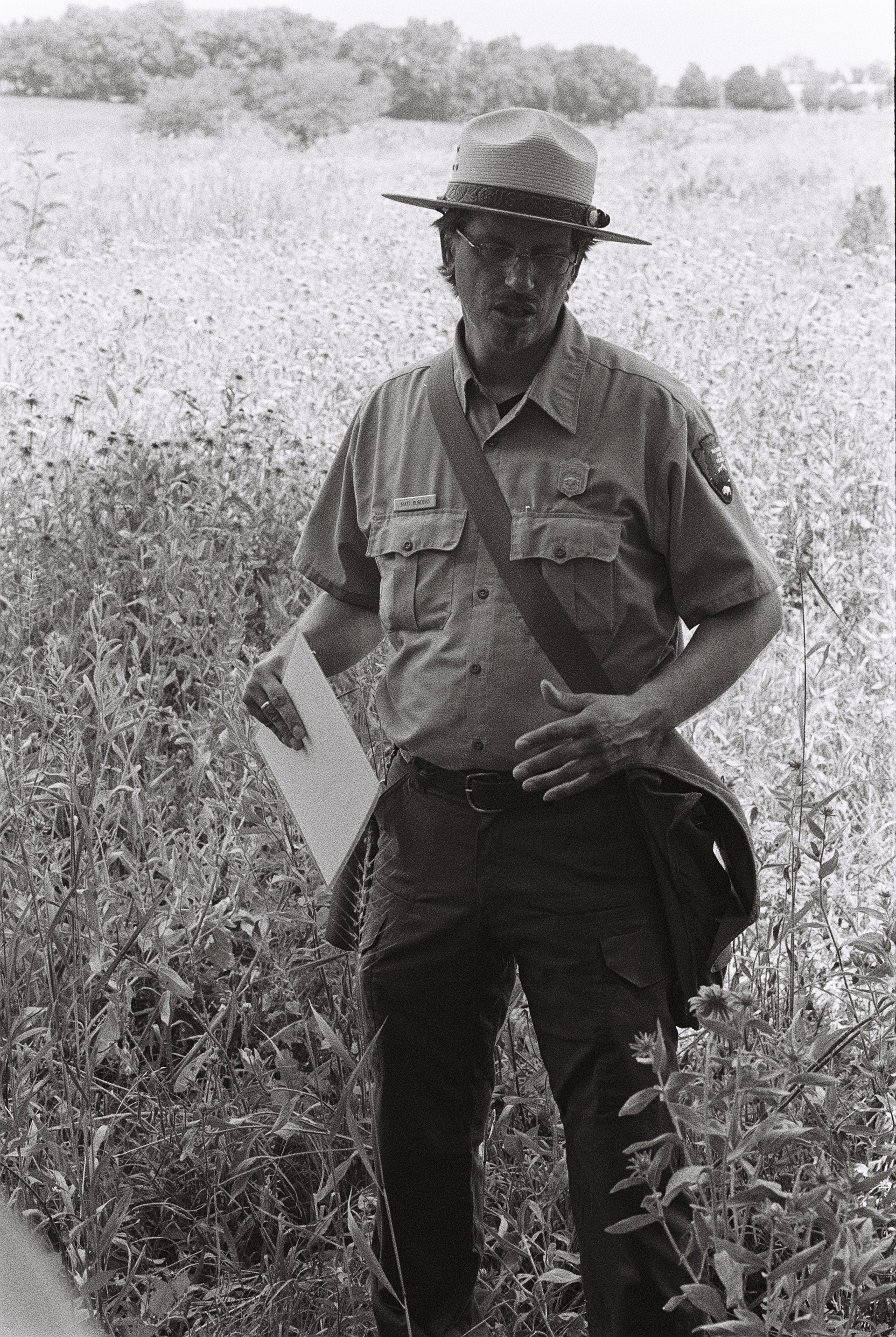
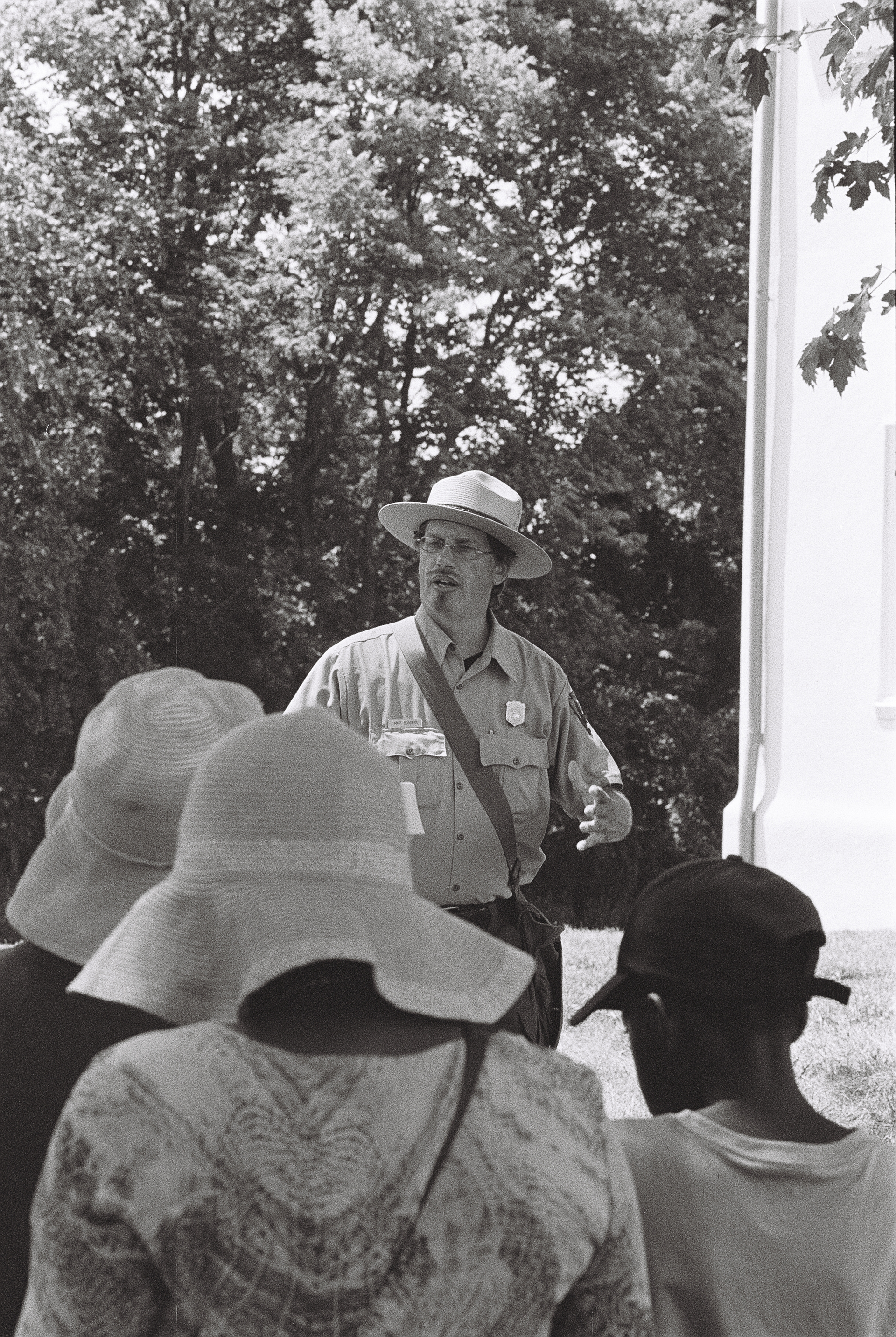
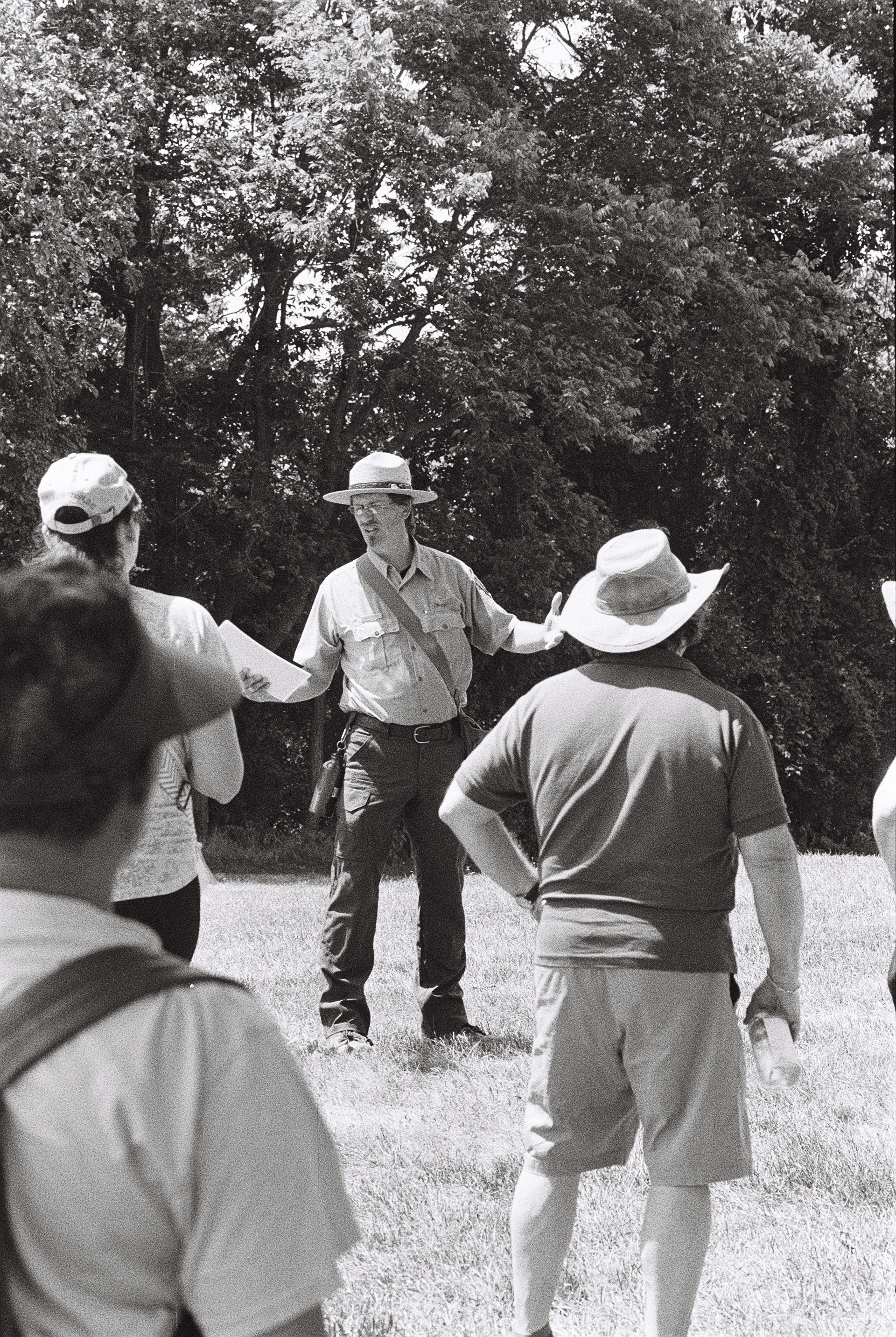
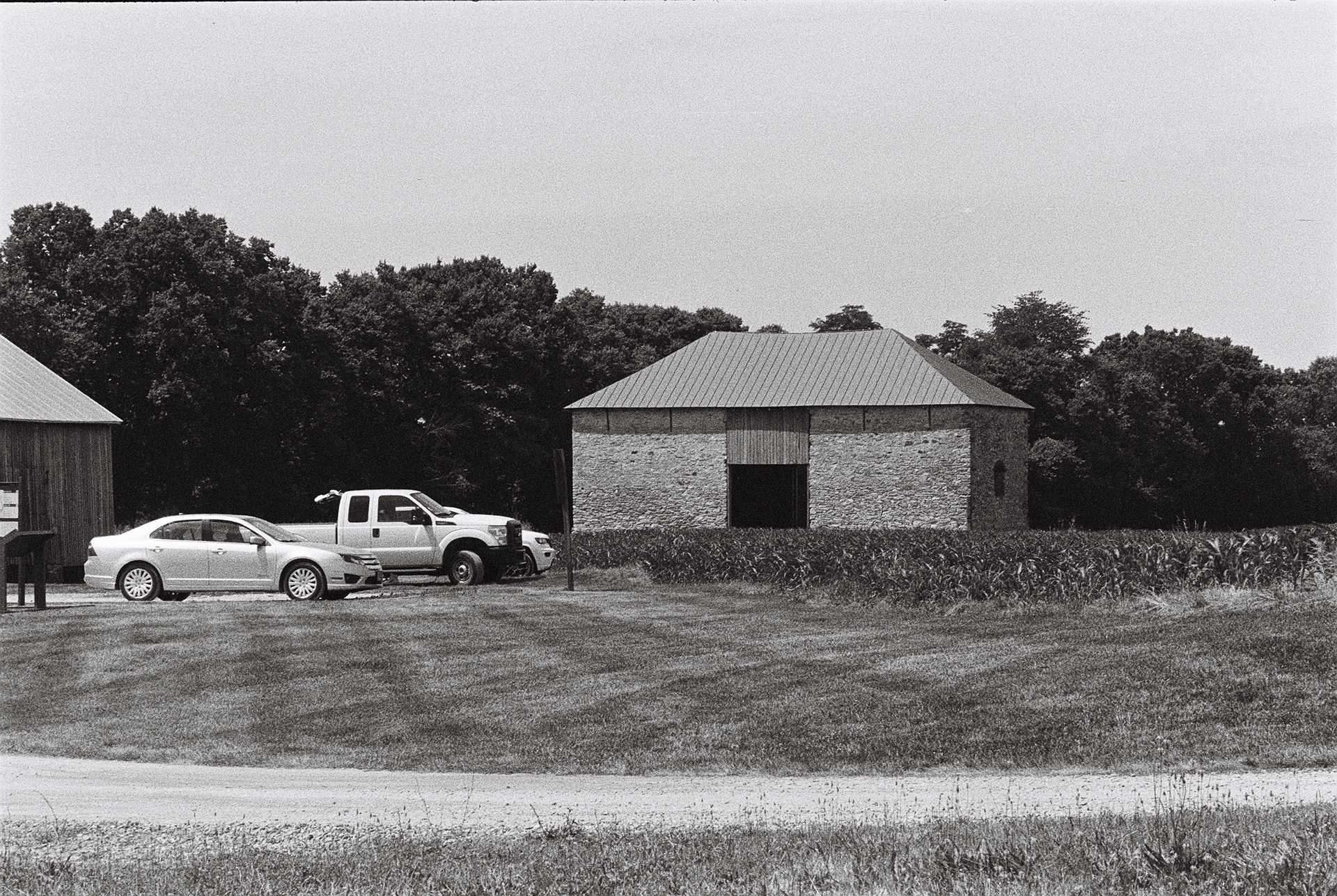
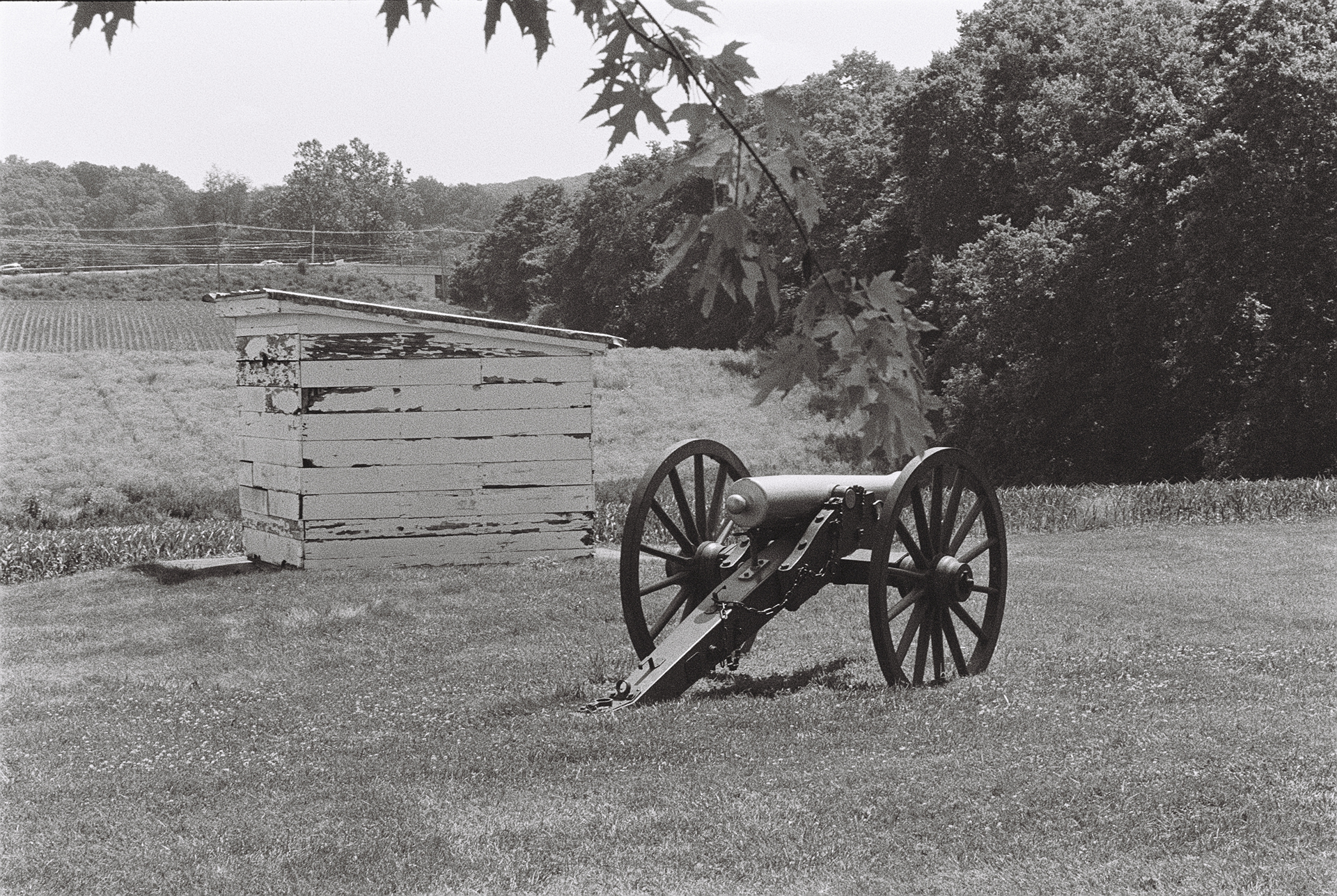
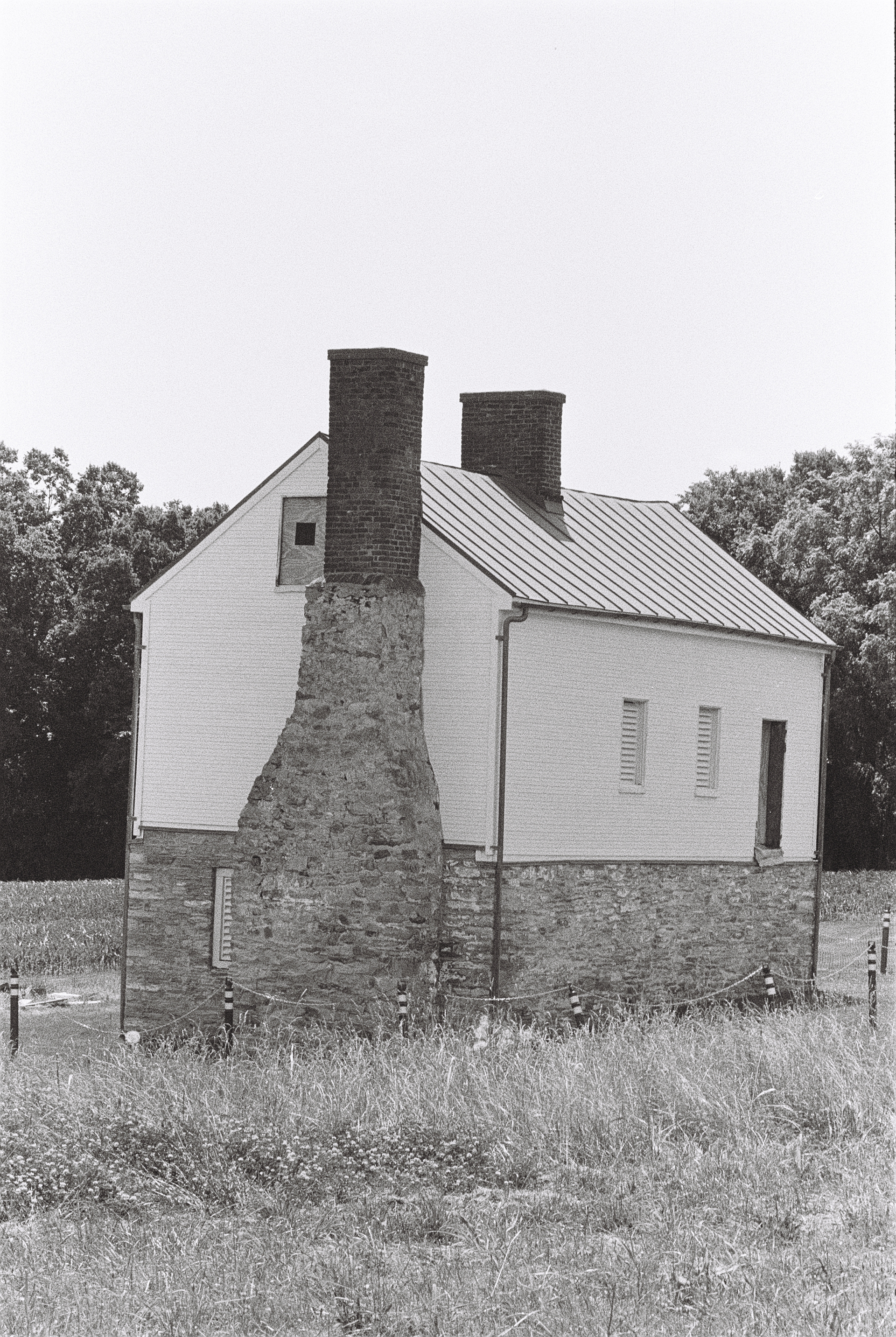
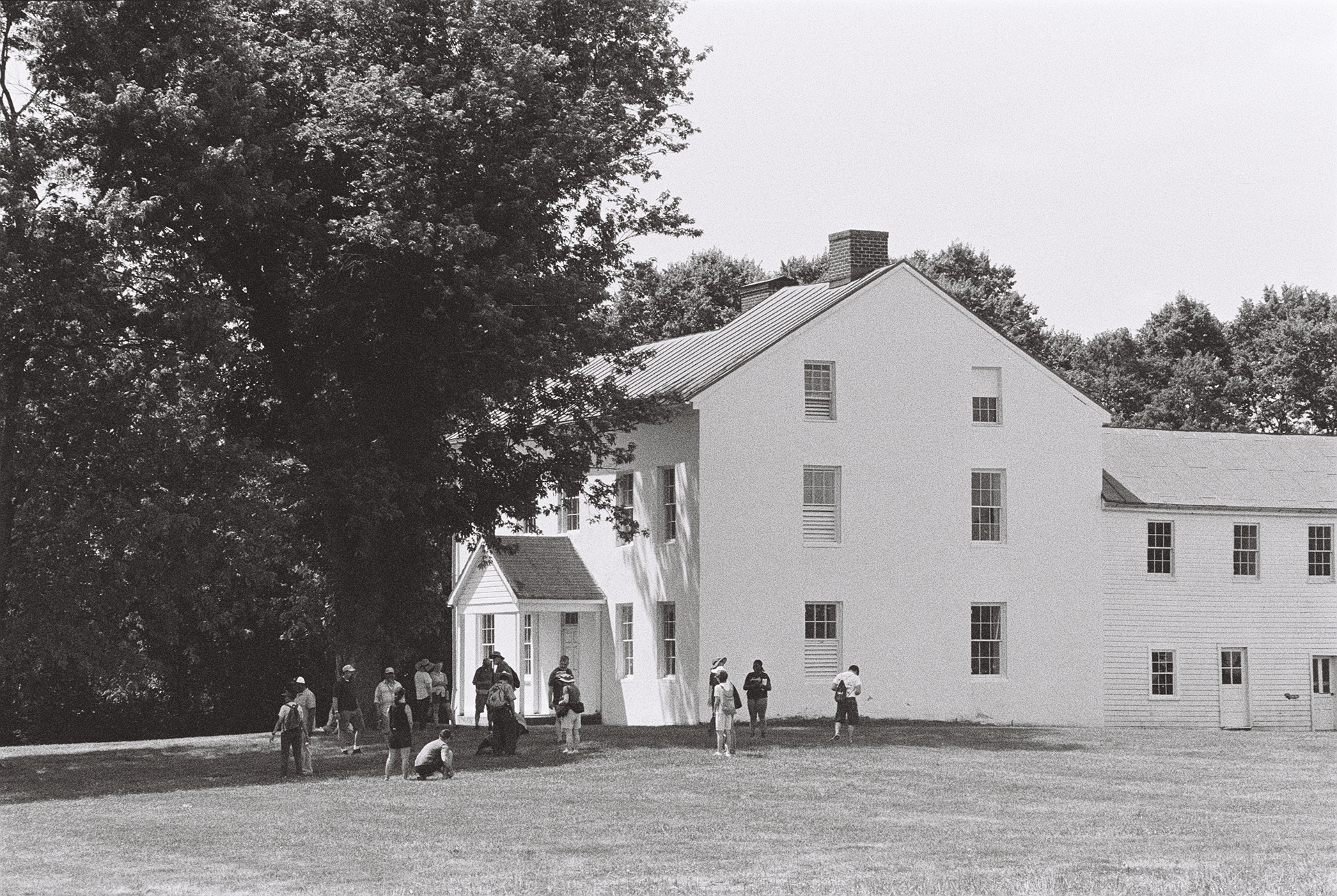
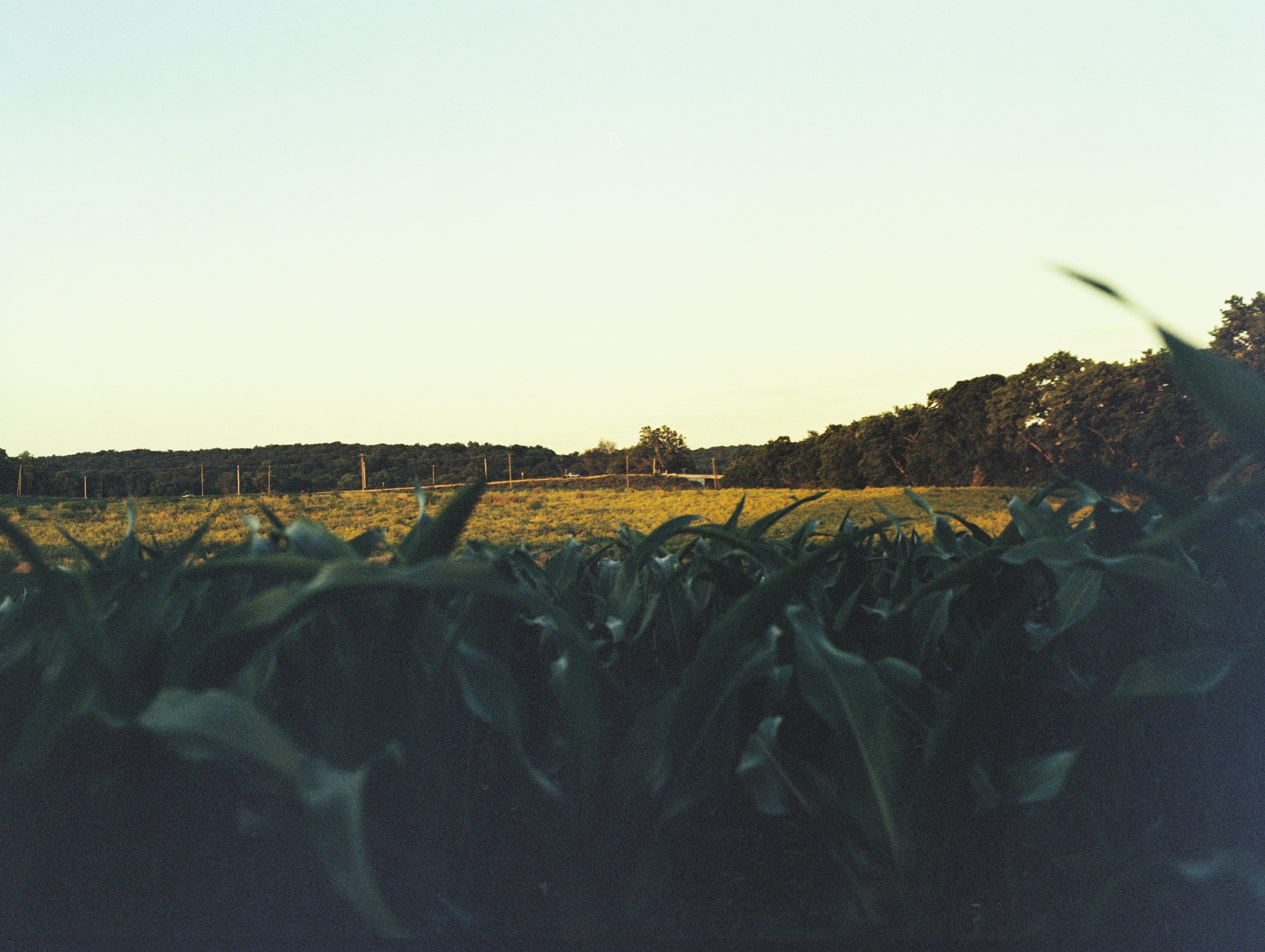
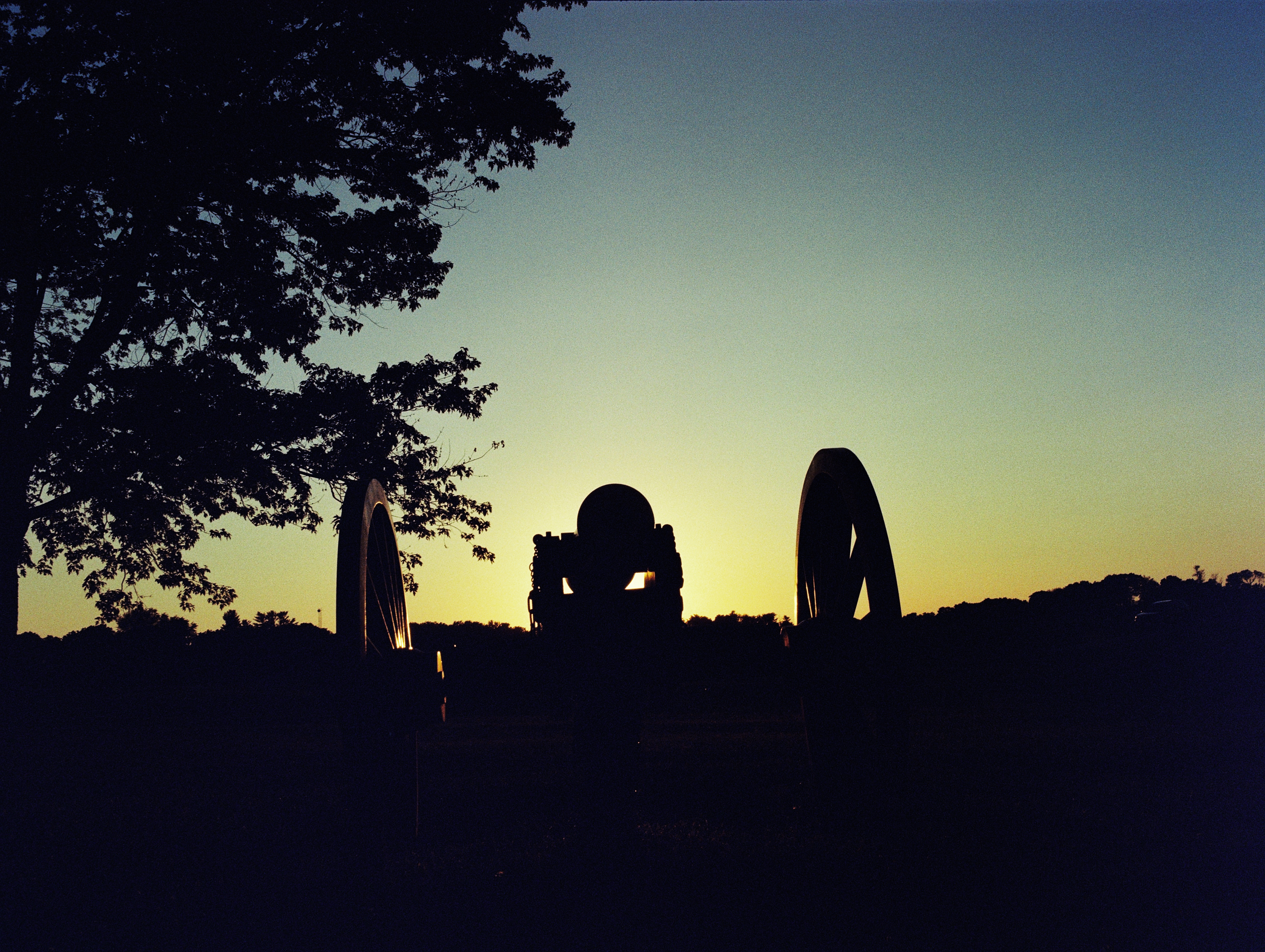
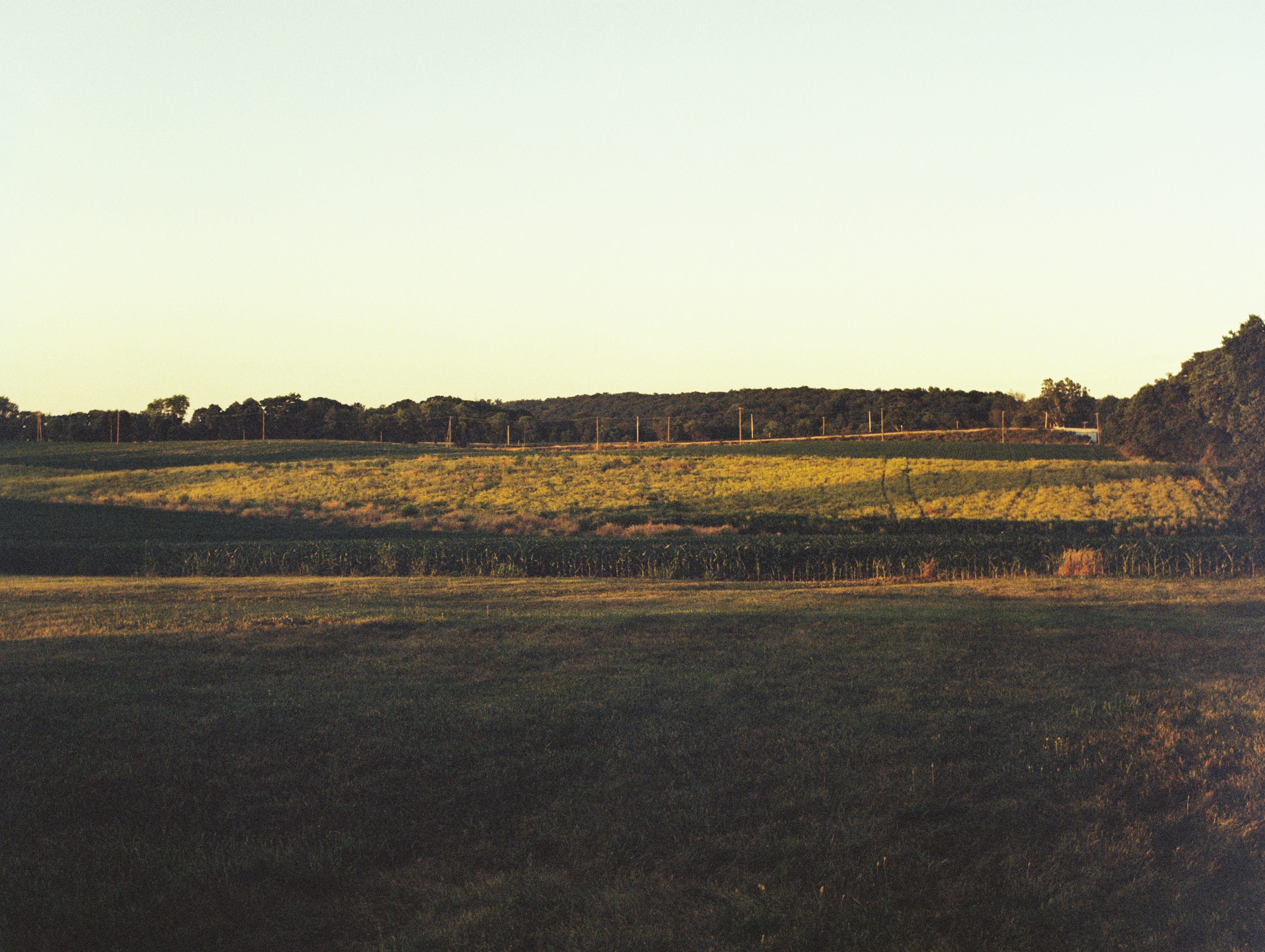
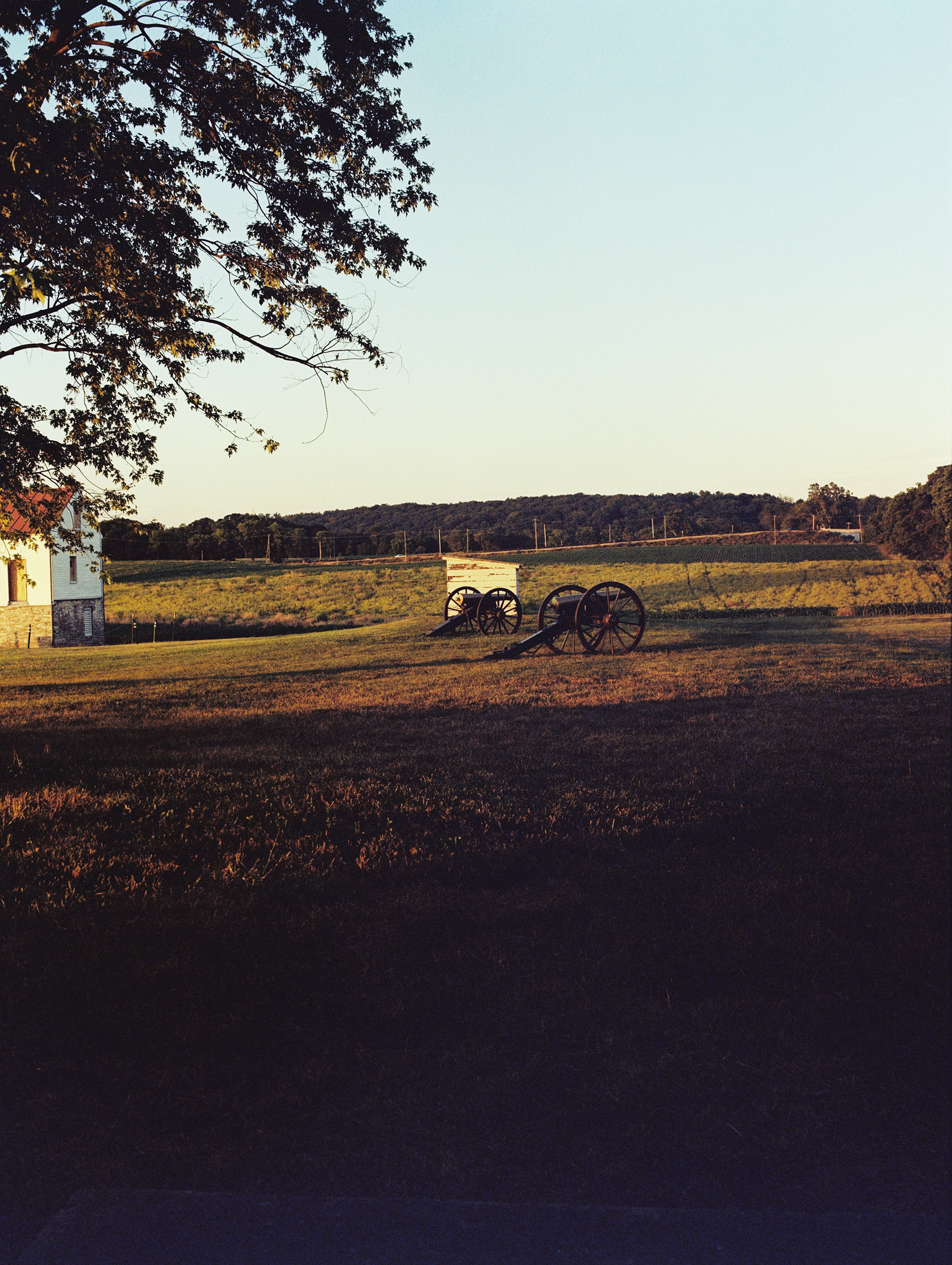

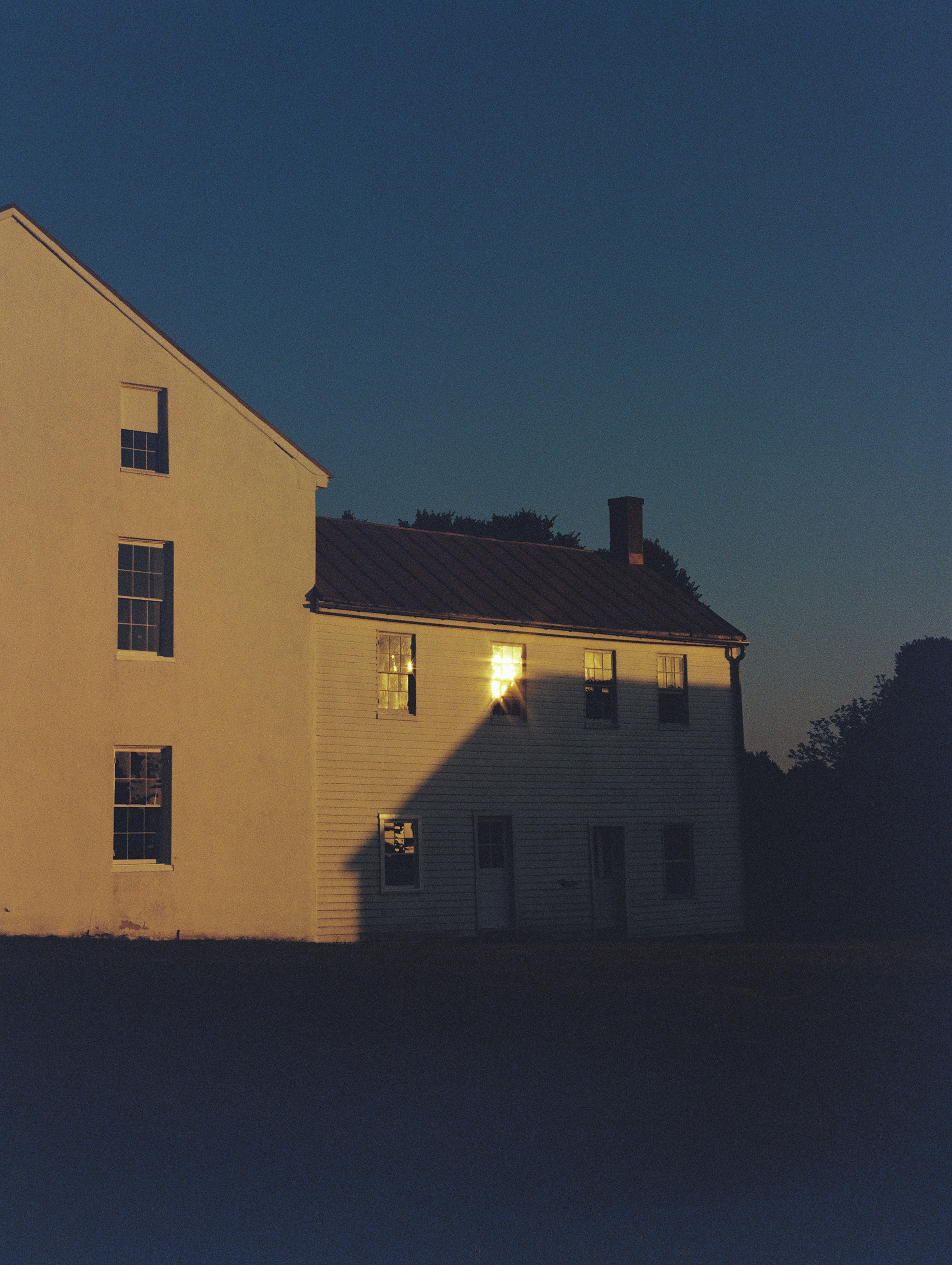
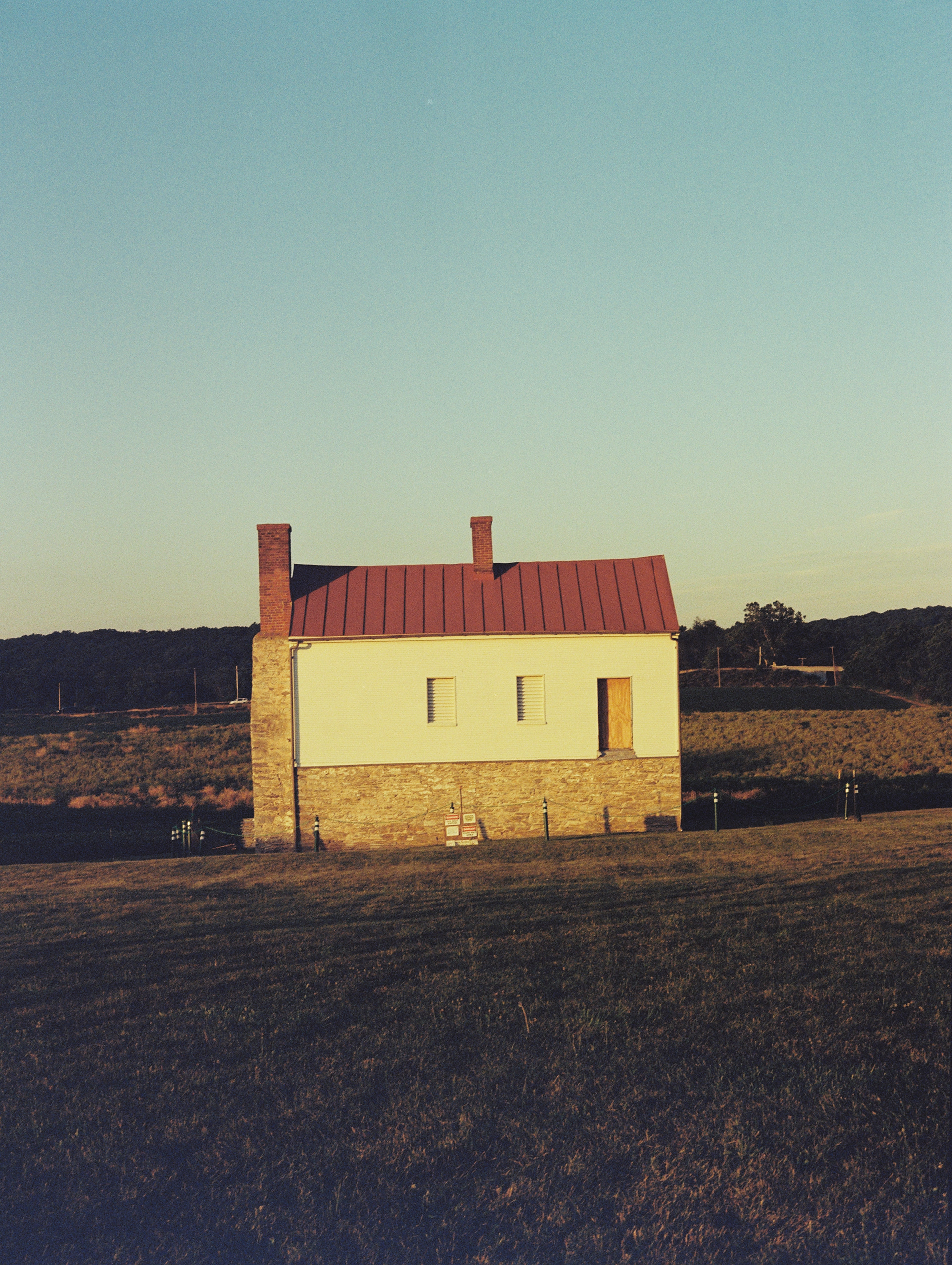
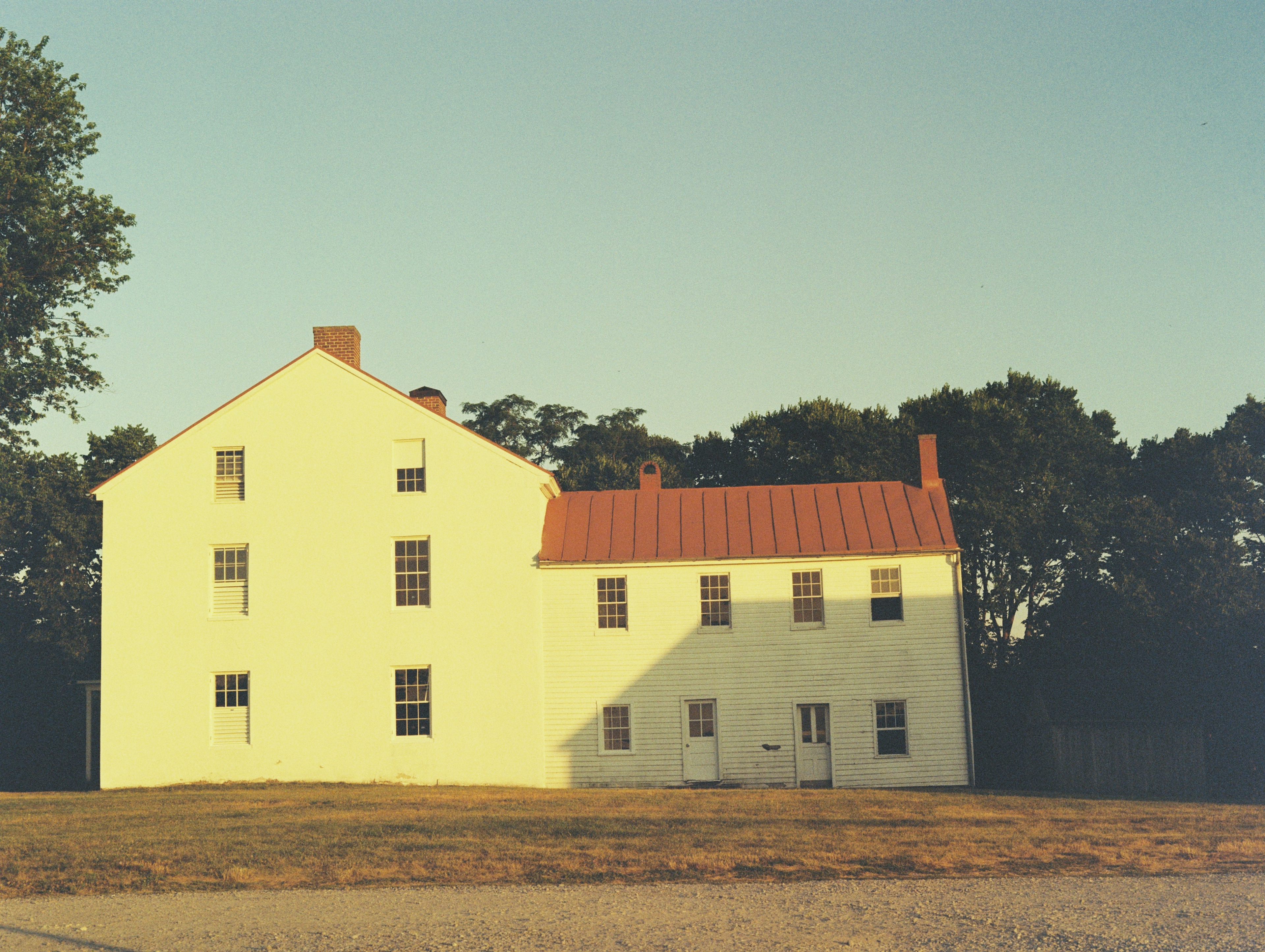

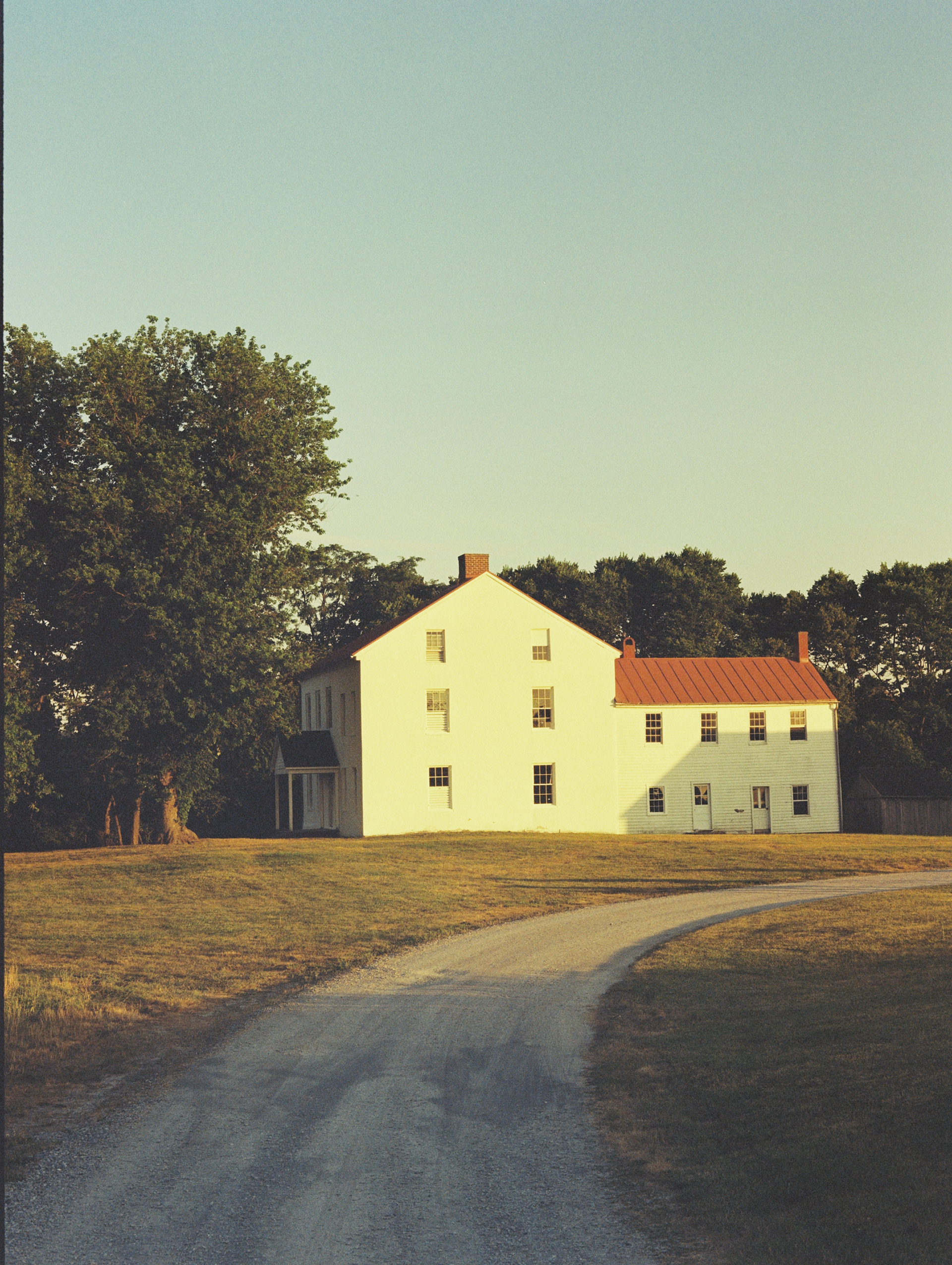
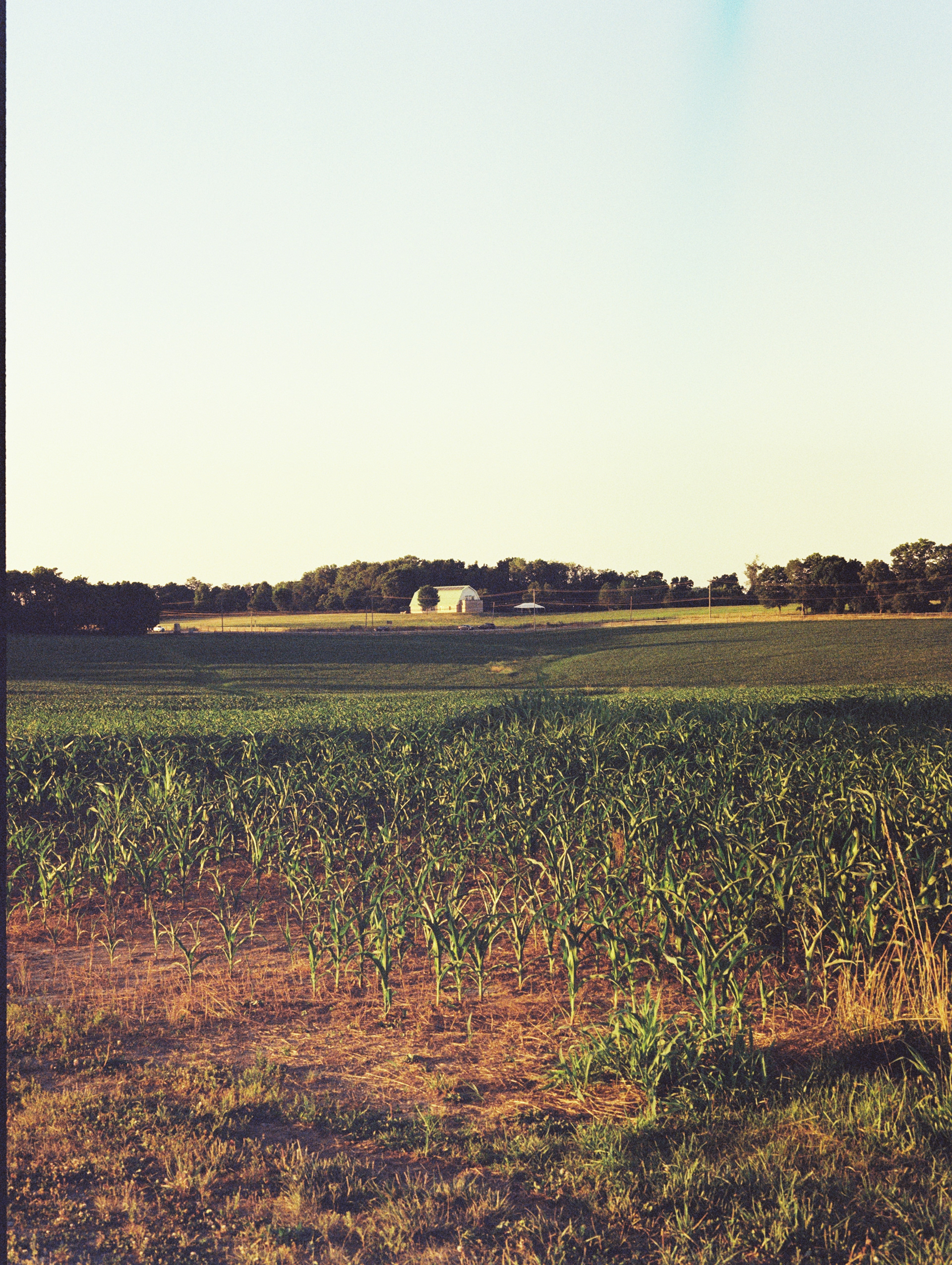
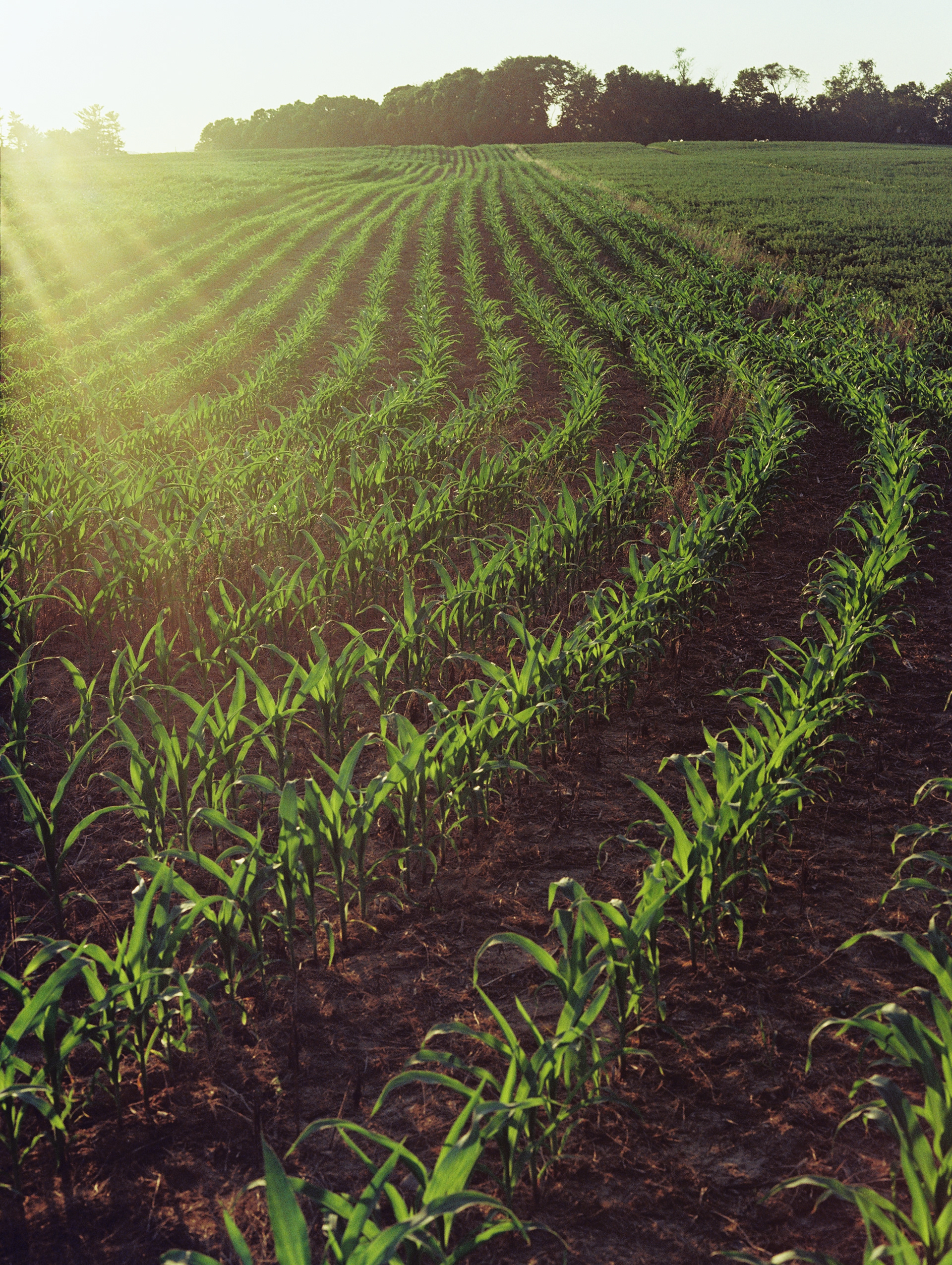
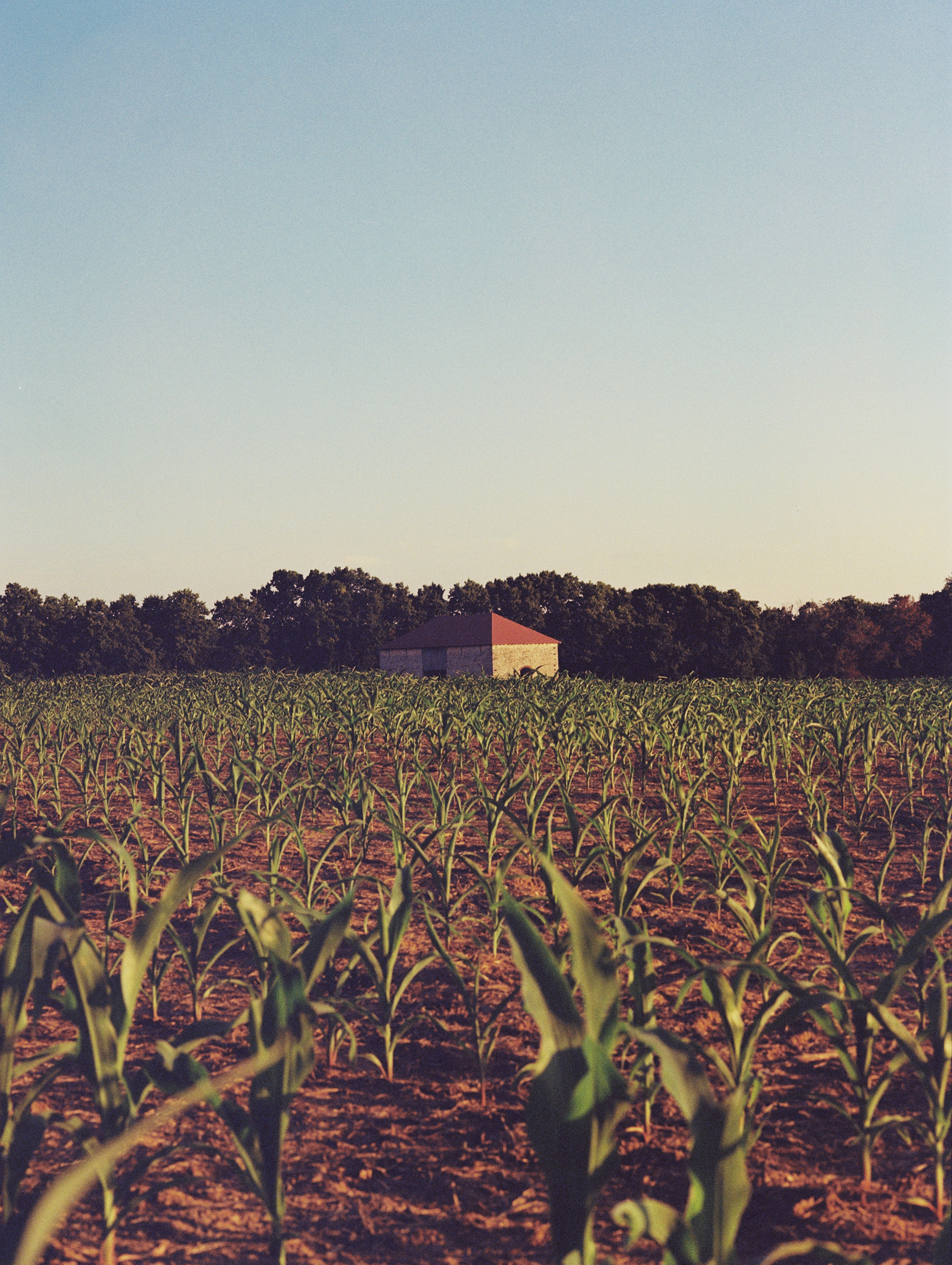
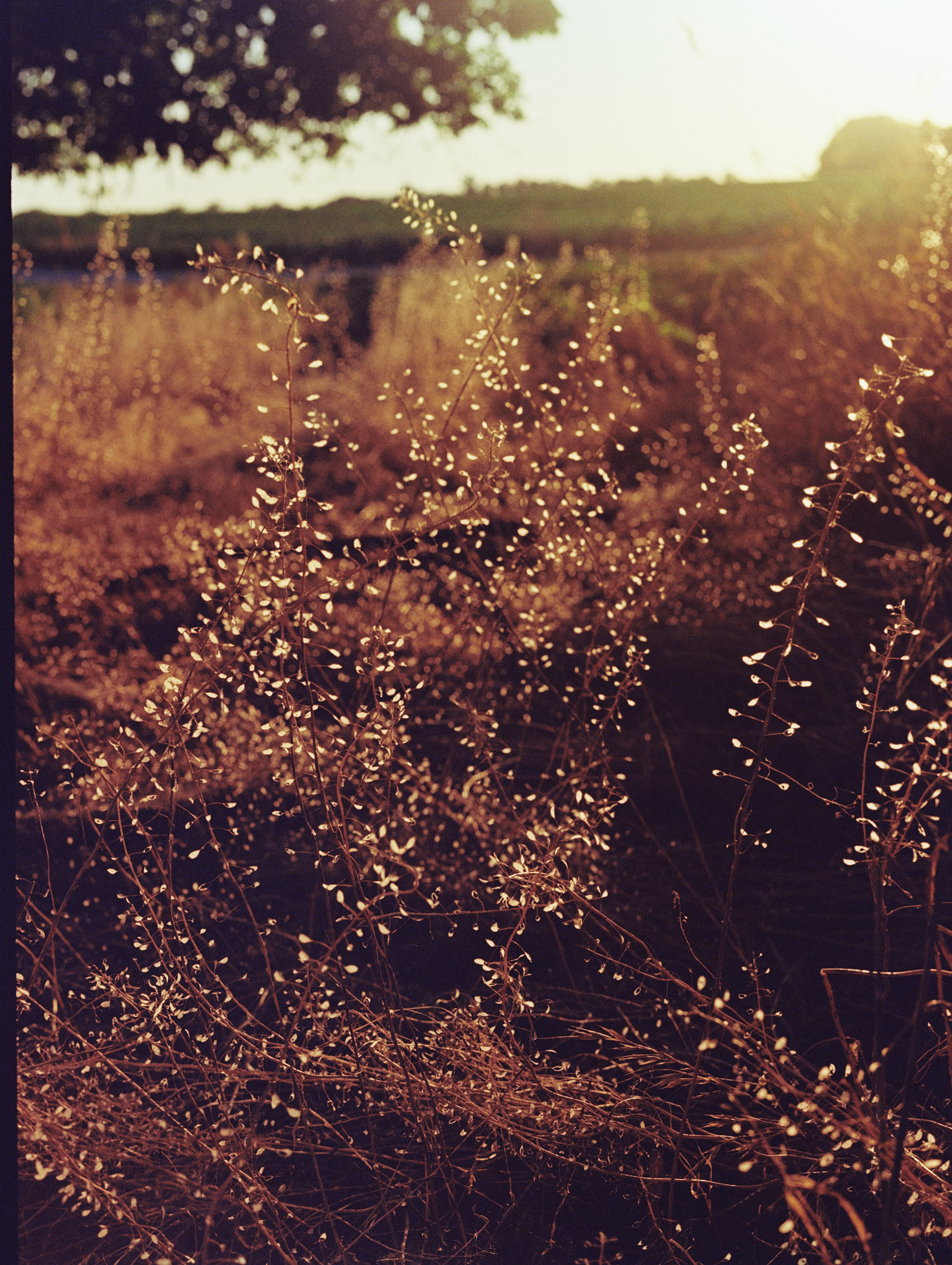
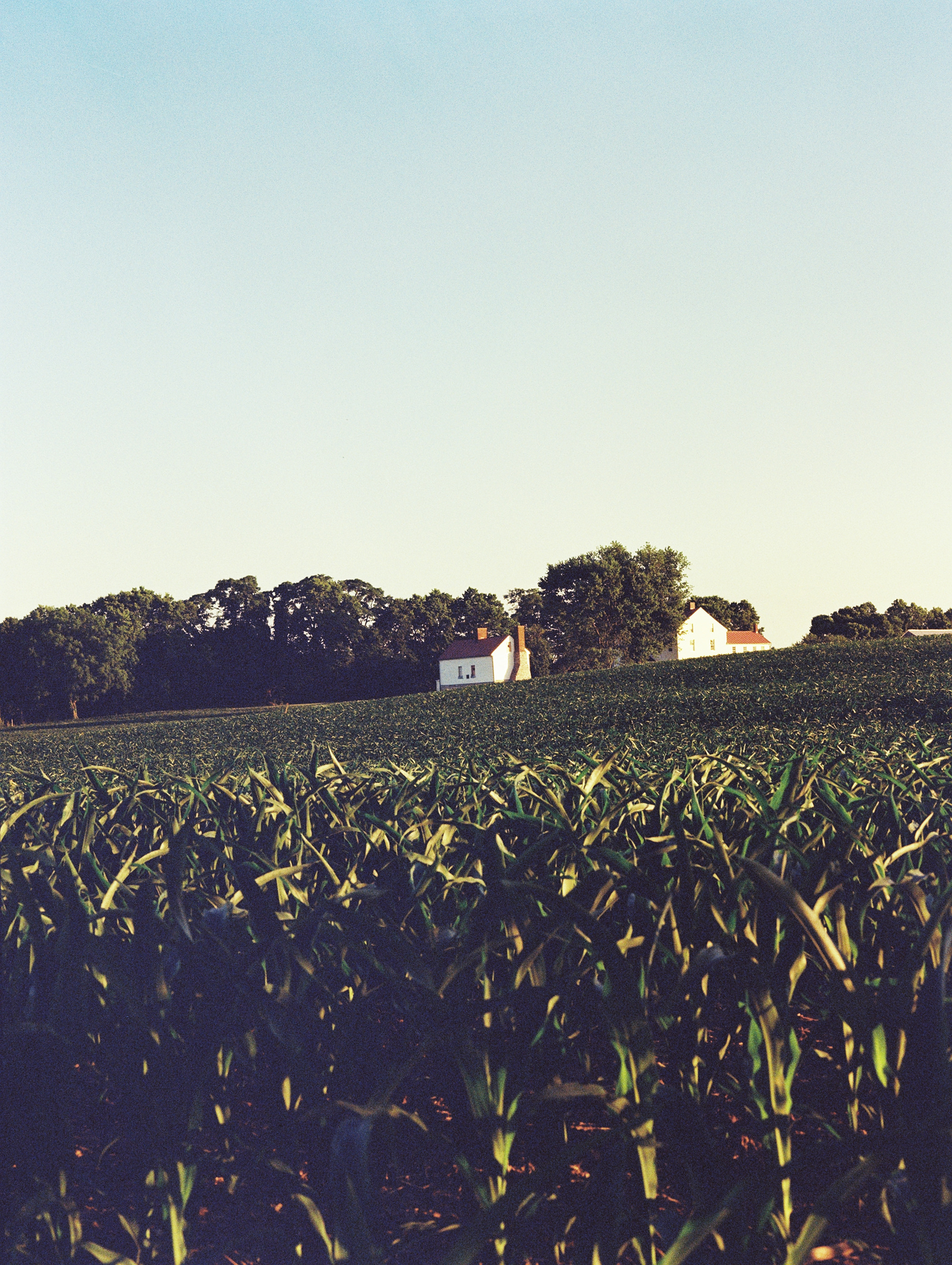
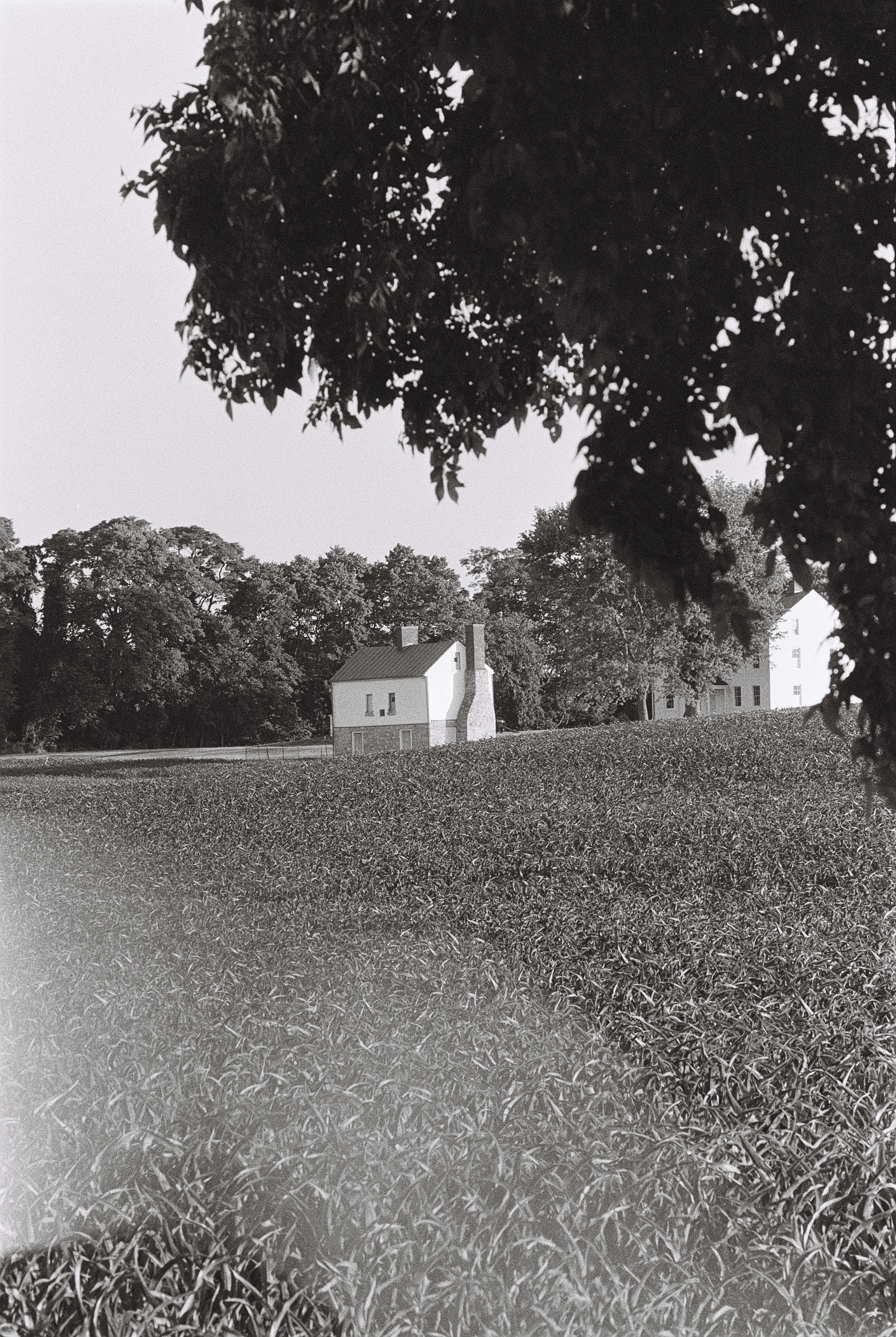
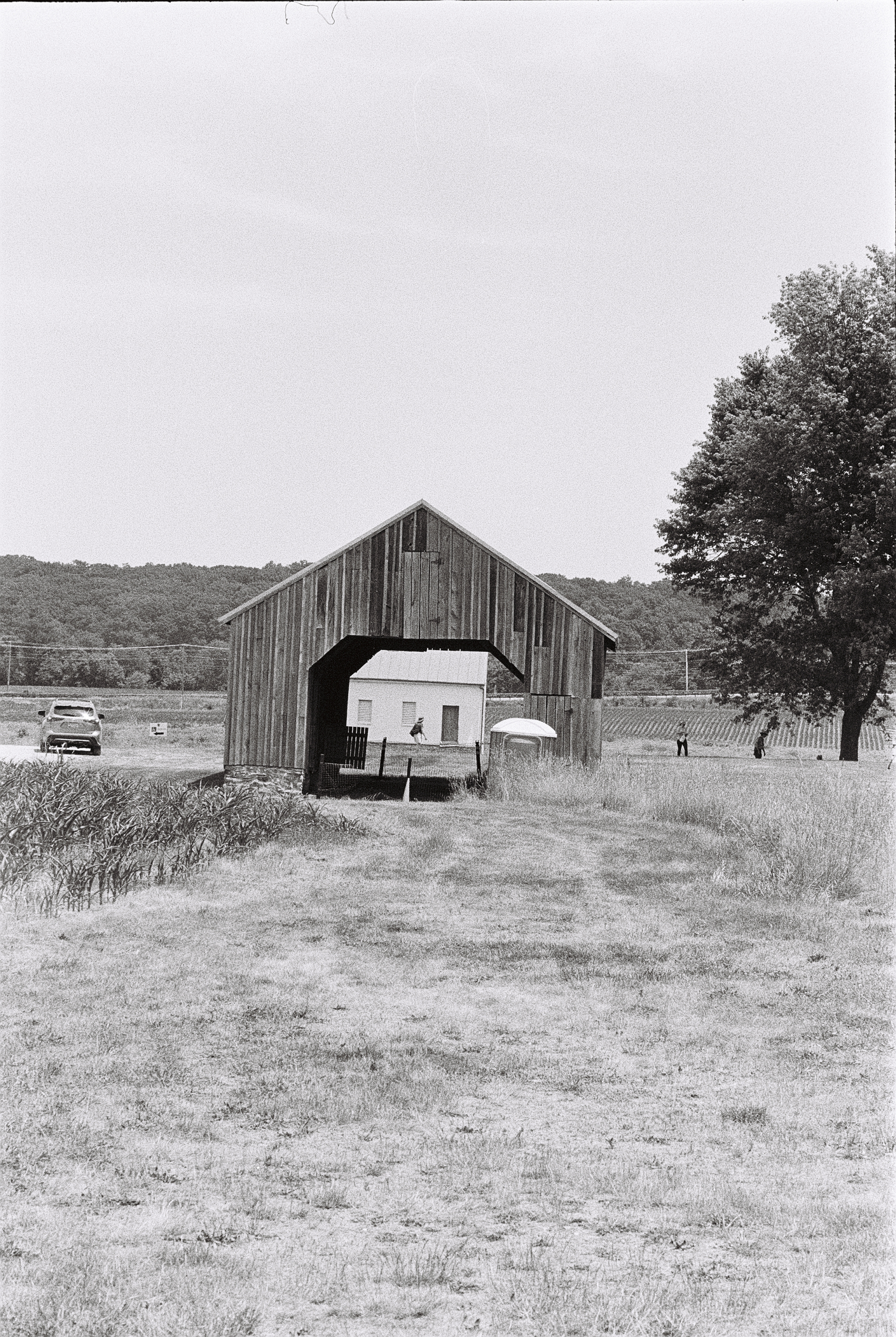
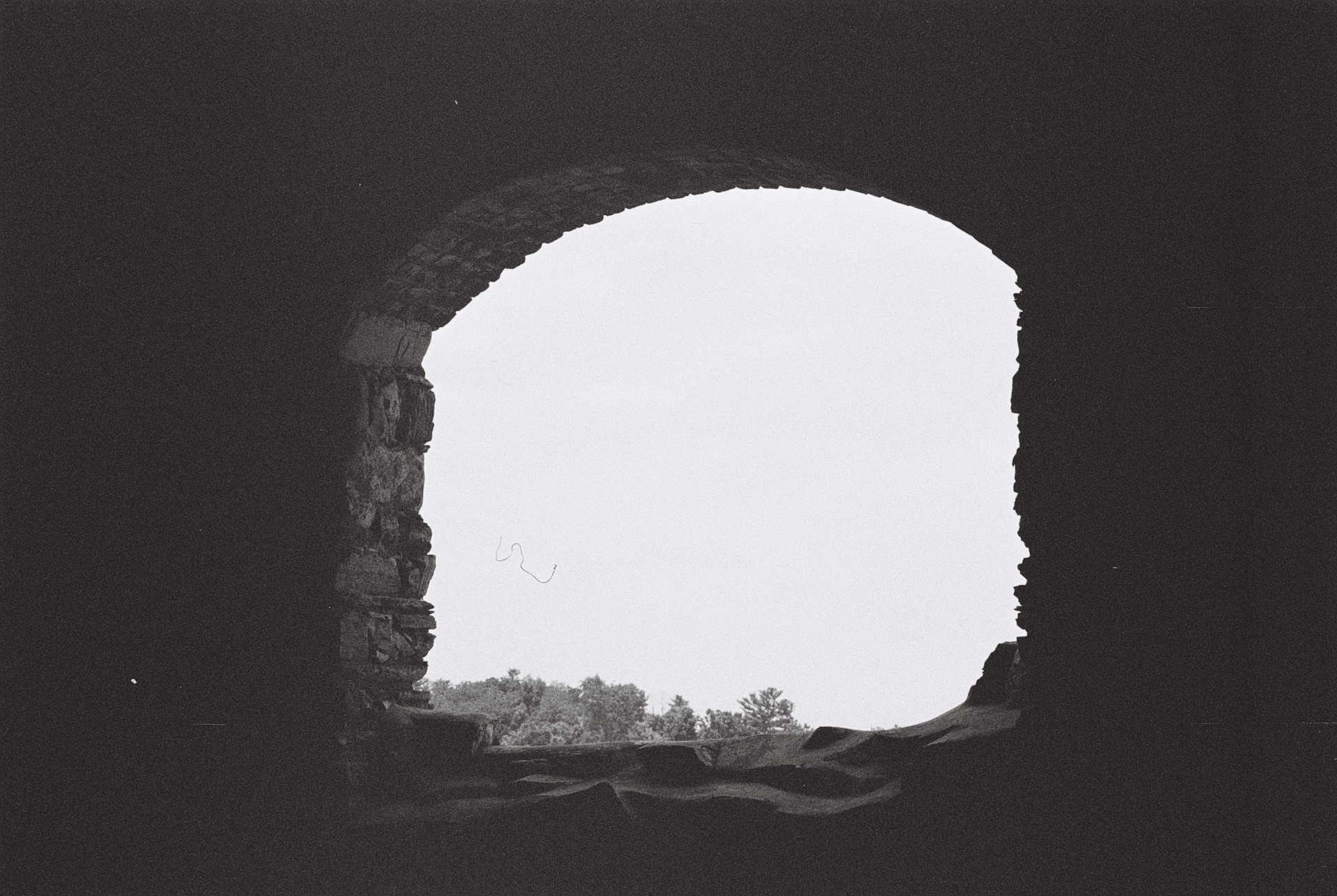
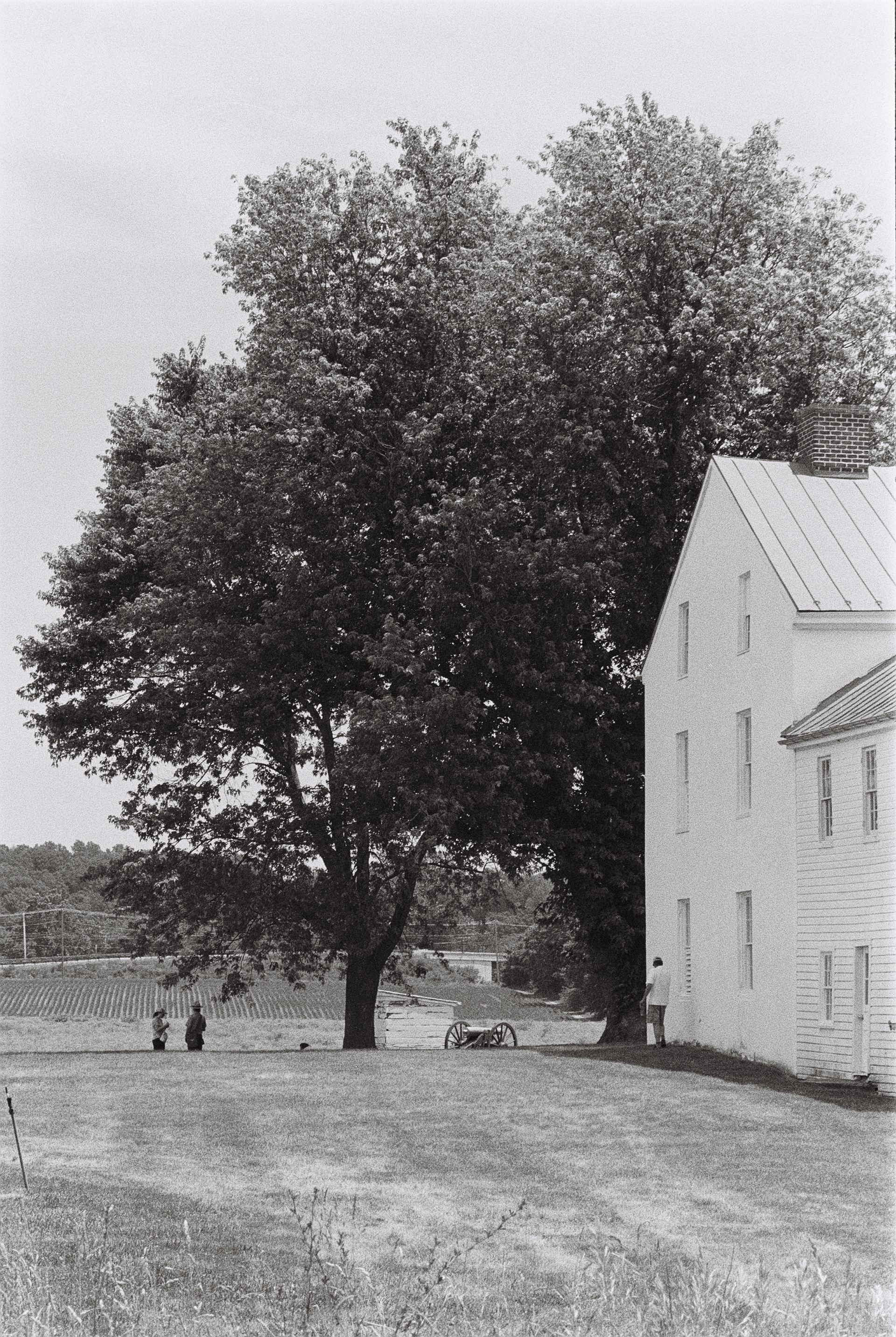
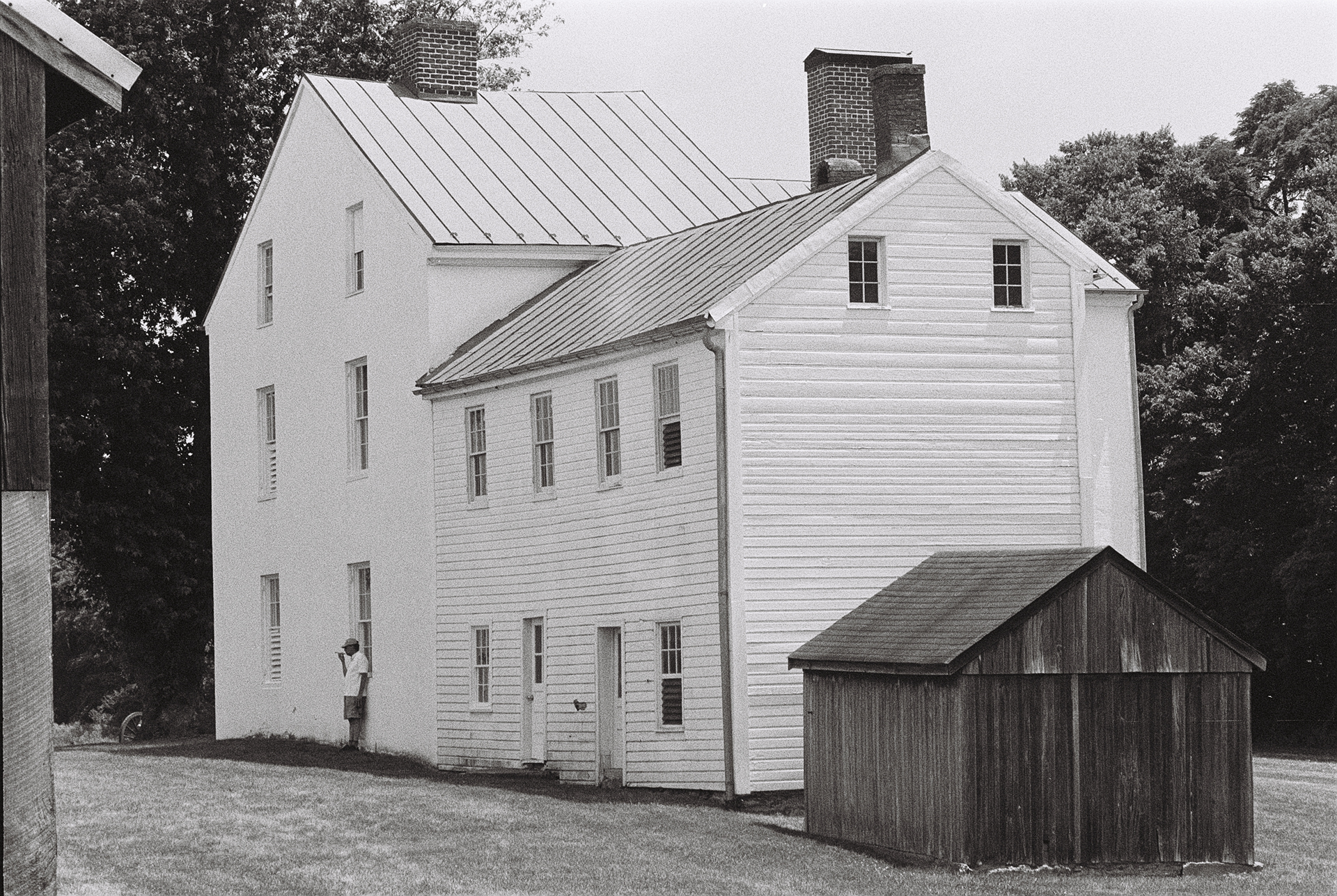
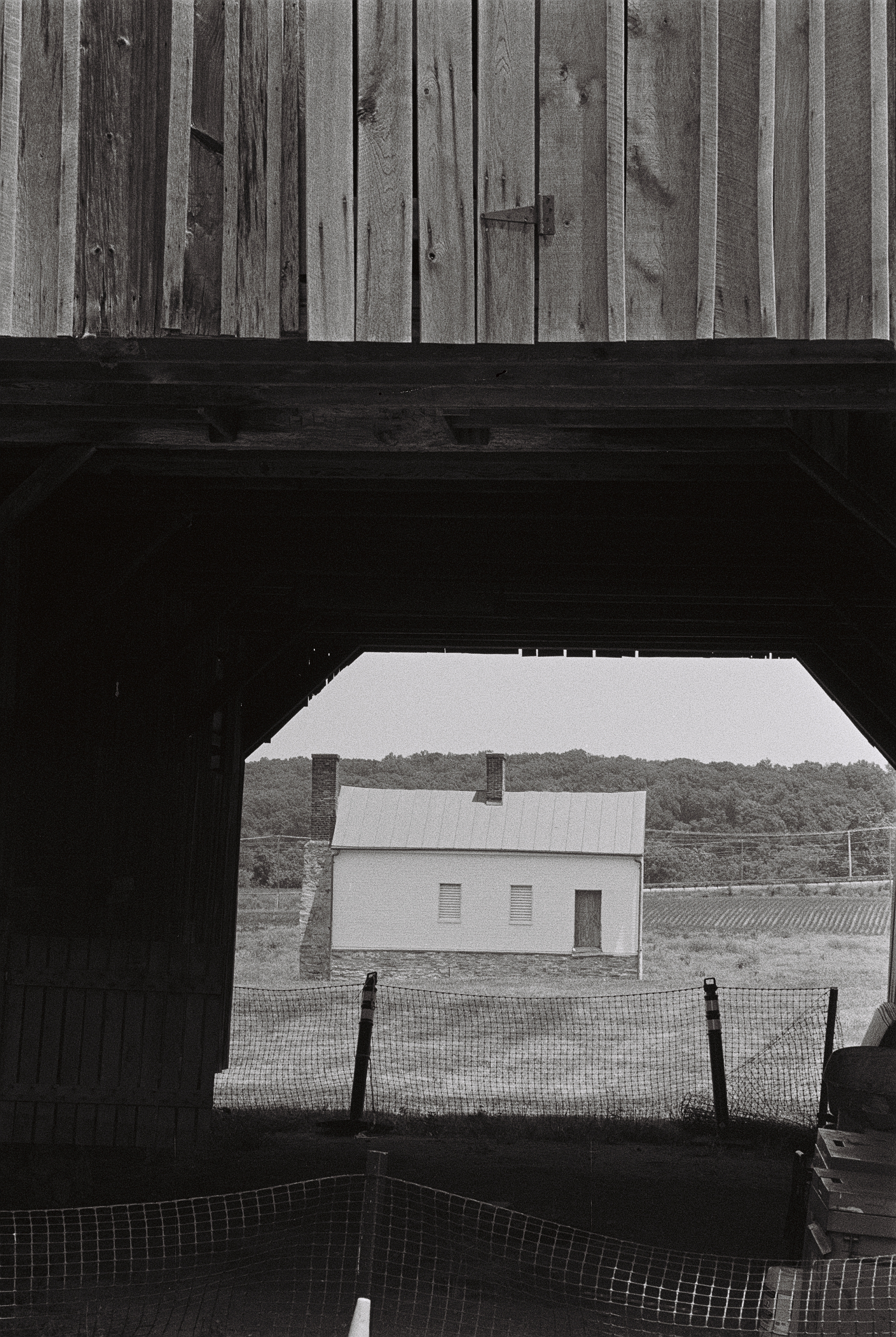
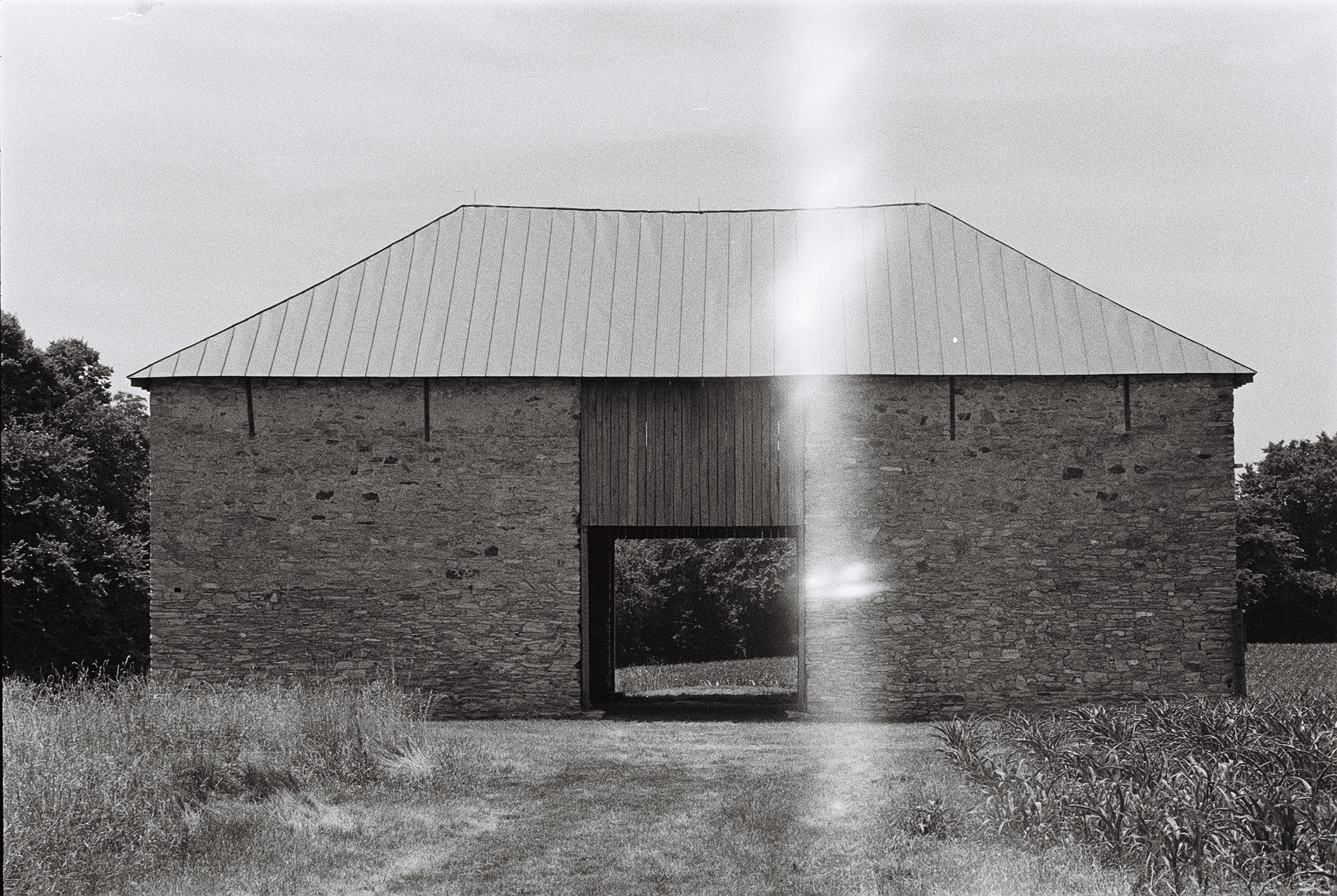
LAND SEEN, UNSEEN: MEMORY, SURVEILLANCE, AND SURVIVAL AT BEST FARM
TABLE OF CONTENTS
Project Overview
Project Title and Introduction
Project Depth and Subject Matter
Methodologies
Potential Impact
Thematic Framework
Surveillance and Control
Black Land History and Agency
The Reparations Movement
Memory and Trauma
Visual Narrative Structure
Sequencing and Themes
Part 1: "Under the Watchful Eye" — Surveillance & Power
Intermission: "Quiet Resistance"
Part 2: "Lives and Land Reclaimed" — Memory, Trauma, and Black Land Agency
Part 3: "A Dialogue With History" — Contemporary Relevance & Reparations
Presentation Strategies
Digital Prints
Darkroom Photopaper Prints
Cyanotype (Historical Technique)
Additional Artistic Media
Mixed Media and Material Integration
Earth Elements and Lake Pigments
Conceptual Rationale
Practical Artistic Outcomes
Implementation Considerations
Exhibition Layout and Structure
Recommended Layout and Sequence
Structure Template and Thematic Pairings
Dialogic Format
Professional Context and Support
Contemporary Artists Doing Similar Work
Academic Advisors in the DC Area
Potential Institutional and Funding Partners
Appendices
Research Notes and Key Findings
Next Steps Checklist
Resources and References
1. PROJECT OVERVIEW
Project Title and Introduction
"Land Seen, Unseen: Memory, Surveillance, and Survival at Best Farm"
From open fields to carefully placed structures, plantation landscapes were intentionally designed to assert dominance, maximize surveillance, and suppress autonomy. Using photography to explore Best Farm (L'Hermitage) in Maryland, this project examines how spaces built through oppression still resonate with trauma, resilience, and unresolved histories. Here, visual narratives reveal landscapes as both witnesses and active participants in history.
Project Depth and Subject Matter
This project critically investigates plantation landscapes at Best Farm (L'Hermitage) in Maryland, exploring how historical oppression and forced labor shaped the physical and cultural geography of the area. Themes of surveillance, control, memory, trauma, resilience, Black land agency, and reparations are explored through photography and mixed media art. By using original photographic documentation, historical techniques such as cyanotypes, letterpress, and handmade pigments derived from site-specific earth and plants, the project deeply connects viewers to complex historical narratives through tactile, visual, and emotional engagement.
Methodologies
Photography: Darkroom silver-gelatin prints, digital archival prints, and historical processes (cyanotype, tintype).
Mixed Media Integration: Handmade lake pigments from site-specific earth and plants, integrated into photographic works and abstract memory maps.
Historical Techniques: Letterpress printing of dialogic narratives, artist books, and immersive installations featuring physical landscape materials.
Research Methods: Archival research, landscape archaeology, spatial analysis, and community engagement.
Potential Impact
Community Engagement: Promotes historical literacy and critical dialogue on themes of racial justice, reparative memory, and land history.
Cultural Awareness: Deepens understanding of how slavery and structural racism shaped physical landscapes, contributing meaningfully to contemporary discussions on surveillance, land justice, and reparations.
Artistic Influence: Provides an innovative model for interdisciplinary art, combining historical rigor, contemporary relevance, and emotional depth.
2. THEMATIC FRAMEWORK
Surveillance and Control
Panoptic Plantation Layout: At L'Hermitage (Best Farm), six slave cabins were arranged in a straight line in front of the main house (rather than hidden behind it), an unusual design ensuring the enslaved were under constant watch. This deliberate spatial arrangement gave the Vincendière family (the enslavers) a direct line of sight into the slave quarters from both the mansion and a secondary overseer's house, exemplifying how architecture was used as a tool of domination. Such physical surveillance prevented privacy and underscored the total control plantation owners sought over enslaved people -- a dynamic that resonates today when we consider how environments can be designed to monitor marginalized groups.
Fear-Driven Oppression: The owners' trauma from a past slave revolt (they had fled the Haitian Revolution) drove them to extreme measures of control. They were "particularly concerned with preventing a similar event" and thus used the very landscape to "stifle the individuality and autonomy" of the people they enslaved. In practice this meant rigid oversight: every dwelling's placement and even spacing was calculated to deter collective action. This finding is significant now because it links historical surveillance to fear-based policies -- a reminder that the over-policing of Black communities or other forms of surveillance today often stem from entrenched fears of resistance.
Black Land History & Agency
Community Carved from Oppression: Enslaved people at Best Farm were not passive victims of the landscape -- they actively formed family networks and communities on their own terms. They "forged strong social bonds, families, and extended kinship networks, establishing their own communities within the plantation" and created what scholars call "black landscapes," blending elements of the enslavers' world with their own cultural practices. In other words, even under captivity they built an internal world -- through marriage, kinship, shared language and traditions -- claiming a spiritual and social space that the owner could not fully dominate.
Spatial Resistance: The ways enslaved people used space could itself be an act of quiet resistance to white control. While enslavers preferred orderly rows of cabins for easy oversight, in some cases the enslaved placed their homes in a "disorganized and nonlinear fashion" -- a subtle "negotiation of control over space" that planters might ridicule but which asserted a different relationship to the land.
Defiance and Self-Liberation: Despite the harsh regime, people enslaved at Best Farm resisted bondage through escape and legal action. Historical records show that some fled the farm, and at least one enslaved person won freedom through a petition in court. This concrete act of agency -- taking a master to court -- is a powerful reminder that enslaved African Americans were not merely acted upon; they actively sought justice when possible.
The Reparations Movement
Uncompensated Labor Built Wealth: Best Farm's history starkly demonstrates how slave labor created wealth that enslaved people never benefitted from. The Vincendières held an "unusually large number of enslaved people (ninety by 1800) at L'Hermitage, relative to the size of the property and the likely agricultural practices (growing clover and grain)", a scale of operation that "set it apart from many other plantations in Frederick County". In effect, a workforce of nearly 100 Black people cultivated and maintained a 748-acre estate whose profits and improvements accrued entirely to the owners.
Descendants and Continuing Injustice: The legacy of slavery at sites like Best Farm continues to affect descendant communities. Detailed manumission records from Frederick County "offer valuable genealogical information for descendants of enslaved people in the region", enabling families to trace their ancestors. However, those ancestors left slavery often with no resources. Unlike immigrant families who might inherit land or wealth, emancipated Black families started with nothing -- a disadvantage that has compounded over generations.
Broken Promises of Land: Nationally, the failure to provide formerly enslaved people with land after the Civil War exemplifies the injustice that reparations efforts seek to address. The famous post-war promise of "40 acres and a mule" was largely never realized -- a transformative policy of land redistribution was announced and then revoked, so that "this promise was not to be realized for the overwhelming majority of the nation's former slaves".
Memory and Trauma
Exceptional Cruelty Recorded: L'Hermitage gained notoriety even in its own time for exceptional brutality. In 1798, a visiting eyewitness observed "instruments of torture, stocks, wooden horses, whips, etc." kept at the farm, evidence of a level of cruelty "not... explicitly detailed for other Maryland plantations". The fact that torture devices were openly displayed on the property speaks to the atmosphere of terror the Vincendières imposed.
Commemoration and Healing: Only in recent times has the history of the enslaved at Monocacy National Battlefield (which encompasses Best Farm) been actively commemorated. A Juneteenth event at the site, for example, emphasized remembrance of the enslaved: one ranger called it "a remembrance of the struggles of these people, these resilient people from enslavement to freedom."
Reclaiming Individual Stories: Researchers have started to recover the identities of those enslaved at Best Farm, pulling names and personal details from archives. The Juneteenth tour at Monocacy focused on "stories of six enslaved people whose names were gleaned through historical research of the area". Sharing these six individuals' stories (their names, roles, or family ties) in an exhibit or book format would restore personhood to people formerly reduced to numbers in ledgers.
3. VISUAL NARRATIVE STRUCTURE
Sequencing & Themes
Part 1: "Under the Watchful Eye" -- Surveillance & Power
Opening Image: View from the main house porch with cannons (golden hour). Establishes surveillance perspective.
Image through barn frame (black & white), emphasizing forced perspectives.
Stone building with central passage (with light flare) highlighting visibility and vulnerability.
Field rows (color) emphasizing controlled agricultural production and strict spatial hierarchy.
Intermission: "Quiet Resistance"
Golden Weeds at Sunset (color): Symbolizes fragile resilience, survival, and silent resistance. Transition into deeper reflection on memory and resistance.
Part 2: "Lives and Land Reclaimed" -- Memory, Trauma, and Black Land Agency
Open landscape where slave cabins once stood (color). Invites reflection on erased histories and memory's persistence.
Close-up crops with horizon (color). Evokes historical labor and overlooked perspectives.
House partially hidden behind foliage (black & white). Symbolizes obscured history and selective memory.
Figure leaning against the white plantation house (black & white). Suggests contemporary engagement, reclaiming space.
Part 3: "A Dialogue With History" -- Contemporary Relevance & Reparations
Expansive view of the main house and road leading to it (color). Raises questions of historical responsibility and reparations.
Dark interior archway (black & white). Represents historical confinement and the psychological legacy of trauma.
Closing Reflection
Land remembers even when history forgets. Spaces shaped by oppression carry echoes of resilience, pain, and quiet defiance. Through engaging visually with Best Farm, we confront uncomfortable truths about who owns history, who shapes memory, and how landscapes continue to speak about surveillance, trauma, and the need for reparative justice. Our interaction today shapes the narrative tomorrow.
4. PRESENTATION STRATEGIES
Digital Prints
Merits:
Consistency and Control: Precise color accuracy, repeatability, and detail.
Scalability: Easy to produce at various sizes and quantities.
Accessibility: More cost-effective for larger installations or traveling exhibits.
Modern Contrast: Clearly differentiates historical content from contemporary technique, highlighting temporal tensions in the project.
Limitations:
Can feel emotionally or historically detached, possibly minimizing tactile connection to the historical narrative.
Darkroom Photopaper Prints (Analog Prints)
Merits:
Emotional Resonance: Rich tonal depth, authentic texture, grain, and warmth.
Artistic Rigor: Handcrafted quality underscores seriousness, intimacy, and investment in historical inquiry.
Physicality & Presence: Physical interaction and imperfections of traditional processing amplify the sense of memory, history, and humanity in the work.
Limitations:
Requires specialized skill, resources, and careful archival storage.
Limited flexibility in replication and scaling.
Cyanotype (Historical Technique)
Given its contemporaneity with the historical period being examined (mid-19th century), cyanotype is particularly powerful:
Merits:
Historical Authenticity: Direct temporal connection with plantation era (invented 1842). Enhances historical credibility, rigor, and authenticity.
Conceptual Depth: Blue tonality evokes memory, melancholy, trauma, and reflection---perfect for the project themes.
Physical Connection: Hand-coated paper echoes manual labor, resonating symbolically with enslaved people's forced agricultural labor.
Limitations:
Monochromatic blue may limit narrative complexity in color-based images.
Less suitable for sharp detail or complex tonal ranges compared to silver-gelatin prints.
Additional Artistic Media
Letterpress Printing (Complementary Textual Element):
Historical Alignment: Aligns historically with the narrative.
Emotional Impact: Physical letterpress impressions deepen viewer engagement through tactile interaction.
Glass Plate or Tintype Photography (Selective Use):
Artistic Rigor & Historical Relevance: Contemporary processes of historical photographic methods can profoundly intensify viewer awareness of historical distance, memory, and trauma.
Physical Permanence: Images on glass or metal underscore permanence, durability, and historical weight.
Physical Installation of Landscape Materials:
Consider incorporating soil, stone, or crop materials directly from Best Farm to create an immersive gallery experience.
Hand-bound Artist Books or Zines:
Intimacy & Reflection: Limited-edition, hand-bound artist books or zines offer deep personal engagement, especially with darkroom prints or cyanotypes.
5. MIXED MEDIA AND MATERIAL INTEGRATION
Earth Elements and Lake Pigments
Conceptual Rationale:
Historical and Symbolic Resonance:
Using soil and plants from Best Farm embodies the literal materiality of the site, physically connecting viewers to the land's histories of labor, trauma, and resilience.
Lake pigments—organic dyes extracted from plant and earth materials—reflect historical agricultural and craft practices that parallel enslaved communities' own traditions of plant-based material use (e.g., fabric dyes, folk medicines).
Metaphorical Depth:
Earth pigments symbolize authenticity, permanence, and grounding memory.
Plant pigments symbolize resilience, regeneration, and the delicate balance between preservation and decay.
Practical Artistic Outcomes:
Pigment Production & Documentation:
Process: Collect ethically gathered soil samples, leaves, roots, or flower petals from site-specific plants. Document the pigment extraction process photographically or through video.
Presentation: Present photographic documentation as a separate yet integrated narrative, perhaps as a small photo series or video installation.
Mixed-Media Prints Using Site Pigments:
Process: Utilize these pigments to create subtle, abstract color washes or tonal accents directly onto cyanotypes, letterpress-printed panels, or silver-gelatin prints.
Presentation: Present these enhanced images as special, standalone artworks within the exhibit with clear labeling about the source of the pigments.
Artist Book or Zine with Pigment Embellishments:
Process: Hand-paint or print artist book covers, endpapers, or accent pages with these site-derived pigments.
Presentation: Present limited-edition, hand-bound artist books in a dedicated space within the exhibit.
Abstract "Memory Maps" on Handmade Paper:
Process: Use earth pigments on handmade paper to create abstract interpretations of the plantation landscape, marking sites of historical significance.
Presentation: Display these pigment-based artworks near related photographic prints.
Immersive Pigment Station (Interactive Component):
Process: Set up a minimalist interactive station at the exhibit, offering small dishes of dried pigment, soil samples, and plants for visitors to touch or closely observe.
Presentation: Provide a concise yet poetic informational card explaining pigment origins and historical connections.
Implementation Considerations:
Ethical Collection: Seek site permissions and ensure sustainable collection practices to respect historical significance.
Archival Considerations: Use binding agents or fixatives appropriate for long-term pigment stability.
Clarity in Interpretation: Include clear yet concise explanatory text that helps audiences appreciate the symbolic, historical, and material significance of these choices.
6. EXHIBITION LAYOUT AND STRUCTURE
Recommended Layout and Sequence for Exhibition Space:
[Entrance & Introduction Panel]
|
|------ Silver-Gelatin prints (Surveillance theme)
|
|------ Cyanotype Accent (Historical reflection)
|
|------ Letterpress Text (Historical Voices)
|
|------ Silver-Gelatin prints (Resistance & Memory)
|
|------ Immersive Element (Physical artifact station)
|
|------ Cyanotype Accent (Agency & Resilience)
|
|------ Silver-Gelatin prints (Reclamation & Reparations)
|
|------ Historical Process Tintypes (optional emotional reflection)
|
|------ Letterpress Reflection (Artist's final thoughts)
|
[Exit & Takeaway Zine Station]
Structure Template and Thematic Pairings
Structure Template:
Theme Title (e.g., Surveillance and Power)
Image - Full or partial image depending on layout
Dialogic Text Block (Layered Voices)
Voice 1 -- Historical Document or Planter Perspective:
Excerpt from a primary source (e.g., letters, records, manuals)
"The cabins should be set close to the overseer's quarters to ensure proper discipline."
Excerpt from a primary source (e.g., letters, records, manuals)
"The cabins should be set close to the overseer's quarters to ensure proper discipline."
Voice 2 -- Research Interpretation or Archaeological Evidence:
Contextual note based on reading and field study
"Analysis of Best Farm's layout reveals deliberate visual control of enslaved quarters, echoing designs from Mississippi cotton plantations, despite Maryland's mixed-crop economy."
Contextual note based on reading and field study
"Analysis of Best Farm's layout reveals deliberate visual control of enslaved quarters, echoing designs from Mississippi cotton plantations, despite Maryland's mixed-crop economy."
Voice 3 -- Photographer's Reflection / Modern Witnessing:
The artist-researcher's voice, in reflection
"From this vantage, I see both absence and presence. The line of sight from the house to these ruins is unbroken—even in stillness, surveillance remains."
The artist-researcher's voice, in reflection
"From this vantage, I see both absence and presence. The line of sight from the house to these ruins is unbroken—even in stillness, surveillance remains."
Optional: Caption or Visual Footnote
Short poetic or clarifying line, a quote fragment, or even a question
"Who saw whom? Who remembered what?"
Short poetic or clarifying line, a quote fragment, or even a question
"Who saw whom? Who remembered what?"
Suggested Thematic Pairings:
Surveillance and Power
Big house placement, overseer stations, fencing, gates, line-of-sight
Spatial Hierarchy
Building material contrasts, path directions, elevation use
Community and Resistance
Gardens, shared spaces, signs of ritual or cultural retention
Labor and the Land
Field arrangements, crop types, infrastructure like barns or mills
Memory and Erasure
Ruins, buried foundations, overgrown sites, silence in records
Dialogic Format
Examples of dialogic pairings for key themes:
For Surveillance and Control:
Historical Voice: An excerpt from a plantation owner's directive or an overseer's diary noting the need to keep watch
Research Analysis: Explanation of the archaeological discovery of the aligned quarters and sight lines
Artist's Reflection: Response drawing parallels to modern surveillance (security cameras or policing in Black neighborhoods)
For Black Land History & Agency:
Historical Voice: First-person narrative drawn from a slave diary or oral history describing family life or secret worship
Research Analysis: Explanation of concepts like "countercolonial landscapes" and context about gardens or yards
Artist's Reflection: Personal response or contemporary parallel about family connection to land or resilience of Black culture
For The Reparations Movement:
Historical Voice: A freedperson in 1865 expressing hope or disappointment about promised land
Research Analysis: Data about the number of enslaved at L'Hermitage and the value of their labor
Artist's Reflection: Contemplation of the emotional weight of lost inheritance and connection to modern calls for reparations
For Memory and Trauma:
Historical Voice: Excerpt from an 19th-century account (Julian Niemcewicz's description of torture devices)
Research Analysis: Context about the Vincendières' reputation and historical records of abuse
Artist's Reflection: Personal meditation on generational trauma or the process of remembrance
7. PROFESSIONAL CONTEXT AND SUPPORT
Contemporary Artists Doing Similar Work:
LaToya Ruby Frazier: Social documentary photography, community narratives, and industrial landscapes.
Sally Mann: Deeply engages Southern landscapes, memory, and trauma through analog photographic techniques.
Dawoud Bey: Photographic explorations into historical racial violence and Black history through landscapes.
Carrie Mae Weems: Multidisciplinary artist interrogating Black history, memory, and spaces through photography, text, and mixed media.
Allison Janae Hamilton: Mixed media installations exploring the historical and contemporary narratives of Southern Black landscapes.
Suggested Academic Advisors in the DC Area:
Dr. Psyche Williams-Forson (University of Maryland, College Park): Specializes in African American history, cultural landscapes, and material culture.
Dr. Elsa Barkley Brown (University of Maryland, College Park): Expert in African American history, cultural memory, and public humanities.
Dr. Michele Gates Moresi (Smithsonian National Museum of African American History and Culture): Expertise in visual culture, racial histories, and public engagement.
Dr. Amber Wiley (Georgetown University): Specializes in African American heritage, architectural history, and cultural memory.
Dr. Renée Ater (Independent Scholar, Formerly UMD): Expert on race, public monuments, and memorial landscapes.
Potential Institutional and Funding Partners:
Public & Private Institutions:
Smithsonian National Museum of African American History and Culture: Potential for research support, collaboration, exhibition space, or programming.
DC Commission on the Arts and Humanities: Provides grants for individual artists and project support.
Maryland Humanities: Funding for public history and humanities-focused art projects.
The Phillips Collection (Washington, DC): Offers artist fellowships, exhibition spaces, and educational programming.
Virginia Museum of Fine Arts: Regional support for artistic and historical projects engaging community and memory.
The Studio Museum in Harlem (Artist Residency/Fellowship): Supports artists working on Black cultural histories and contemporary issues.
Academic Partnerships:
University of Maryland, College Park: Potential logistical, archival research, and academic collaboration.
Howard University: Collaborative opportunities within art departments, historical archives, and cultural studies programs.
George Washington University: Access to research resources and public humanities programming.
8. APPENDICES
Next Steps Checklist:
Finalize print selections and mediums
Schedule darkroom/cyanotype sessions
Identify and collaborate with letterpress studio and/or historical photo technique workshops
Design and print interpretive labels and panels
Coordinate framing and matting
Plan exhibition space layout
Prepare immersive installation materials
Produce takeaway artist books or zines
Resources and References
[AVAILABLE UPON REQUEST]
9. BUDGET
Item/Service
Estimated Cost
Archival & Field Research
$1,500
Film, Darkroom Printing & Supplies
$2,000
Cyanotype Materials & Processing
$1,000
Letterpress Printing & Materials
$1,500
Handmade Pigment Production
$750
Framing and Installation Materials
$2,500
Exhibition Space & Setup
$1,500
Documentation & Catalog (Artist Book)
$1,000
Marketing & Promotional Materials
$750
Artist Fee (Time, Labor, Conceptual Work)
$3,500
Total Project Budget: $16,000